- Jaw-dropping performance
- Excellent range and many charging stations
- Futuristic interior
- Touchscreen can be initially overwhelming
- Sub-par warranty
- Steering lacks feel
It’s fair to say that American company Tesla has taken the world by storm. From revealing its first car, the Roadster, in 2006 to selling the world’s best-selling electric car, the Model 3, in just 15 years is nothing short of astounding. The company has a long list of achievements, including several global factories, production of more than one million electric vehicles, its own massive electric vehicle charging network, several performance records with its products and millions of loyal followers. It’s also the first automotive company that’s become something of a celebrity, where its every move is followed by more than just car fans. So while it’s fair to say that it has taken the world by storm, it’s also fair to say that there’s a significant amount of hype involved as well. But after all the hype, does the company make good products? We tested the 2022 Tesla Model 3 Long Range to find out.
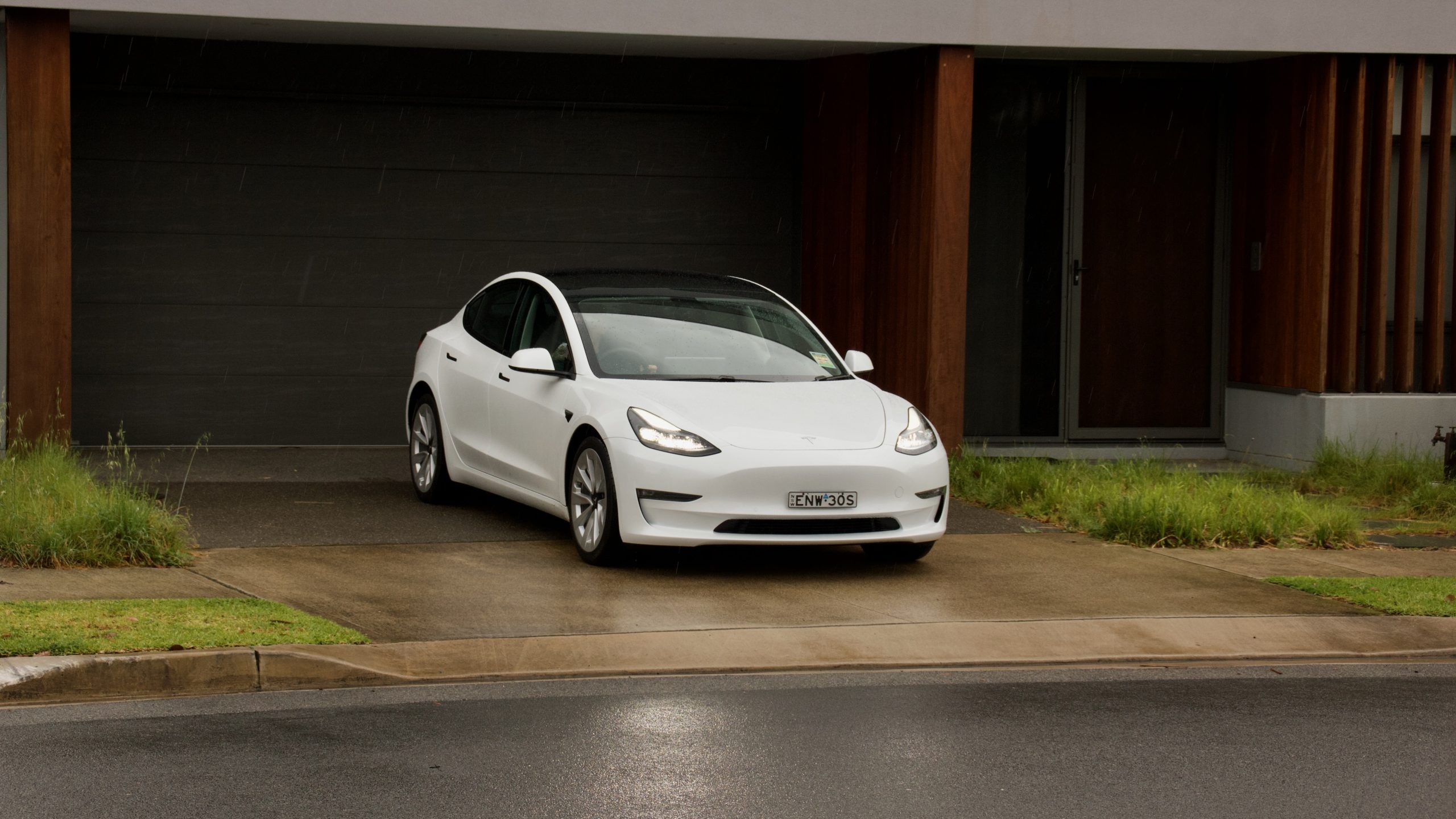
Price & Equipment: 9/10
Priced from $59,900 plus on-road costs ($64,662 drive away in NSW before any government incentives), the 2022 Tesla Model 3 range is excellent value in the electric car market in Australia. While most buyers will purchase the entry-level Model 3 Rear-Wheel Drive, we tested the mid-spec Model 3 Dual Motor Long Range, which is priced from $73,400 plus on-road costs ($78,837 drive away in NSW). The top-spec Model 3 Dual Motor Performance is priced at $84,900 ($95,000 drive away).
Standard equipment on the 2022 Tesla Model 3 includes automatic all-LED lighting, automatic wipers, man-made vegan-friendly leather upholstery, 12-way electrically adjustable front seats with driver’s memory functionality, heated front and rear seats, LED front fog lights, floor mats, keyless entry and start (it is truly keyless – your smartphone can act as the key), dual-zone climate control, a 15-inch touch screen that has over-the-air updates, satellite navigation with Google Maps integration, 4G capability, digital radio, Bluetooth, inbuilt apps such as Spotify, a 15-speaker sound system, two wireless phone chargers, four USB-C charging ports, a tinted panoramic glass roof, heated and auto-folding mirrors, a power bootlid, 19-inch alloy wheels and ‘Sentry’ mode, which uses the car’s cameras to monitor its surroundings while it’s parked.
Safety kit includes six airbags, automatic emergency braking (AEB) with pedestrian and cyclist detection, lane keeping assistance with lane trace assist, auto high beam, blind-spot monitoring using the car’s centre screen (more on that later), adaptive cruise control with stop and go functionality and rear and side cameras with front and rear parking sensors. Tesla calls its highway self-driving capability ‘Autopilot’, and when it’s activated, the car will drive itself on highways.
Buyers can upgrade this to full self-driving capability for an extra $10,100 and that also includes automatic lane changing, traffic light and stop sign control, a full self-driving computer, automatic parking, Tesla’s ‘summon’ feature that allows the car to move itself out of parking spots and it will follow a set route when Autopilot is set.
With colours, our test car’s ‘Pearl White Multi-Coat’ is the only standard colour. ‘Solid Black’, ‘Midnight Silver Metallic’ and ‘Deep Blue Metallic’ are $1,500 extra, while ‘Red Multi-Coat’ is $2,900 extra. Black upholstery is standard while buyers can choose white for an extra $1,500.
There’s very little missing in terms of standard equipment. We’d like to see a heads-up display, as well as Apple CarPlay and Android Auto smartphone integration, and more safety tech like rear cross-traffic alert and automatic rear braking. But aside from those items, the Model 3 range is very well equipped.
The Model 3’s chief competitor is the $69,900 Polestar 2 Long Range Dual Motor, which has just gone on sale in Australia. It’s sized and priced very similarly to the Model 3, while there is also the $75,900 +ORC Hyundai Ioniq 5 AWD.
Performance & Range: 9.5/10
Tesla has made a name for itself offering long-range electric vehicles and the Model 3 is no exception. While the entry-level Model 3 offers up to 491km of range on the WLTP cycle, our mid-spec Long Range test car officially offers 614km thanks to its larger 82kWh battery. By comparison, the Polestar 2 Long Range can travel up to 539km and the Ioniq 5 AWD only offers up to 430km.
Charging the Model 3 to 80 per cent can be done in as little as 20 minutes using a 150kW Tesla Supercharger, with 50kW chargers taking around an hour and a 7kW charger (that can be installed for extra cost at your home or workplace to charge slower over a longer period) takes around 12 hours. The Model 3 uses a Type 2 charger or a rapid CCS Supercharger.
The Tesla Supercharger network is vast and gives the car the ability to travel interstate thanks to the number of locations – the Supercharger network does cost more than other networks, or charging at home, but is still less than filling a car with fuel.
So it has its rivals beaten on range, how about performance? The Model 3 comfortably outshines them there as well. There are different driving modes and in its most potent, the Model 3’s performance is breathtaking. Tesla claims a 4.4 second sprint to 100km/h, though it feels quicker in reality thanks to the instantness of the acceleration – the Polestar 2 Long Range is slightly slower at 4.7 seconds, while the Ioniq 5’s quickest is 5.2 seconds. Those wanting more can buy the Model 3 Performance, which hits the benchmark tonne in an insane 3.3 seconds.
Ride & Handling: 8/10
The powertrain’s goodness in the 2022 Tesla Model 3 Long Range continues in the way it rides and handles. This is one very accomplished car. Using a ‘skateboard’ platform where the batteries lie low in the car for a lower centre of gravity, the Model 3 is capable of a lot of fun behind the wheel. But driving it every day is no chore either as it’s quiet, comfortable and entirely pleasant to drive.
Around town, the Model 3 is a great car to commute in. The ride – even on large 19s – is comfortable with only the biggest of bumps making themselves known. Body control is great, and the all-wheel drive system – sorry to use the cliche – sticks to the road like glue, even in the torrential rains that Sydney faced when we tested the car. The stability control is quick thinking, and it’s seemingly impossible to get the car out of shape.
When you’re having fun behind the wheel, the Model 3 provides. While the steering could be improved, the chassis is well balanced, grippy and the brakes are well tuned as well. There’s no dive under hard braking like in some other electric cars, and the Model 3’s driving experience feels entirely normal. Really, the only negatives are the somewhat lifeless steering and that road noise levels on our test car’s 19-inch wheels are a touch loud. Otherwise, there’s little to criticise. The Model 3’s visibility is good thanks to large windows and thin pillars.
Tesla’s active safety equipment – branded ‘Autopilot’ – is excellent. In contrast to other cars where you get warnings if something is wrong, the Model 3 actually displays when a car is in your blindspot on the centre screen. It features 12 cameras with 160m of range and displays the items that those cameras pick up on the screen as you’re driving – lanes, traffic, trucks, pedestrians and even witches hats that surround the car. While newcomers to the system may feel overwhelmed, it’s a comprehensive way to display the Model 3’s surroundings. The Tesla’s safety systems are so well tuned that we think they’re the best in the industry at the moment – we’d just like to see it fitted with a heads-up display.
Interior & Practicality: 9/10
The interior of the 2022 Tesla Model 3 Long Range is a futuristic, good quality and comfortable place to spend time. Those coming from, say, a current Mercedes-Benz, may find the interior to be a bit stark without night-club levels of ambient lighting but we quite like the minimalist layout. The Model 3’s quality is something that has improved in switching production from the US to China – the vegan-friendly materials used throughout the cabin all feel pretty good to touch and it gives off a premium vibe.
Centre of the Model 3’s cabin is a 15-inch touchscreen that controls everything about the car – even opening the glovebox, for example. You can control it all via the voice control system but it’s better to learn it first. On the right of the screen is the car’s speedometer and aforementioned road display system, and to the left of that is the map and entertainment. Below these is a bar – like the dock on an Apple computer – that gives you all the system options.
The screen itself is genuinely like an iPad in look and screen quality. It features over-the-air updates, 4G reception (it’s free for the first 30 days and $10 per month afterwards), Google Maps integration for the navigation system and inbuilt apps such as Spotify. There are also other functions to the screen for use while parked such as games – there’s a racing game that you turn the car’s steering wheel to control the game – and even features such as a fire place for romantic nights that also turns the heater and heated seats on, and a whoopee cushion that sounds when a passenger sits or even when the indicators activate.
The Model 3’s cabin is also quite practical. Beneath the screen are two wireless phone chargers and deep centre bins, the glovebox is large, as are the door pockets and rear passengers also have door pockets, map pockets, a rear centre arm rest with cupholders, two USB-C charging ports and air vents as well.
Rear seat space is not great – thanks to the sloping roofline, six-footers’ headroom is not great and legroom is not amazing either. But it’s quite a wide cabin and thanks to the flat floor, three people will fit reasonably well.
The bootspace of the Model 3 offers 425-litres and the front-boot adds another 117L of space. The boots are well trimmed, and if you need more space, the rear seats fold almost flat. There’s no spare wheel, nor any hooks or nets to secure loose items but your shopping will easily fit in the huge under floor storage area.
Service & Warranty: 8/10
Tesla’s warranty is four years or 80,000km, whichever comes first, with roadside assistance for the same duration. The battery and drivetrain is covered to eight years and 192,000km in total. Tesla doesn’t quote service pricing because it says that the only items that will likely need attention are wiper blades, the brakes, air-conditioning filters and so on.
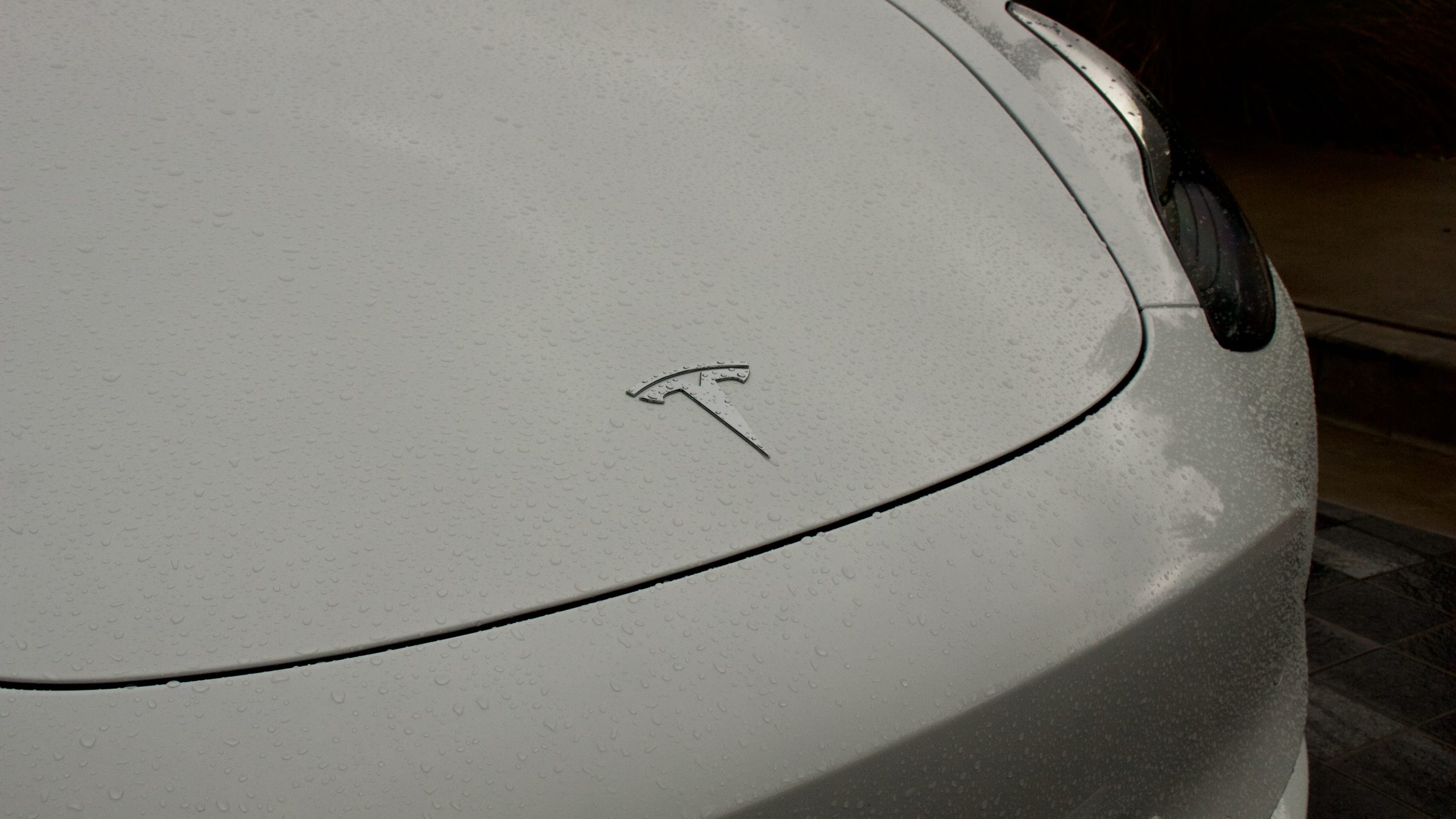
The warranties offered by Polestar and Hyundai are superior to the Tesla at five years/no cap on distance travelled. Five years/75,000km of servicing the Polestar 2 is included in the price and it costs $1,684 to service the Ioniq 5 over five years.
The 2022 Tesla Model 3 Long Range DiscoverAuto Rating: 8.7/10
The 2022 Tesla Model 3 Long Range AWD is a genuinely impressive car that ticks several boxes to go beyond the hype of the Tesla brand. It’s well priced, a good size, good quality, fun to drive, comfortable, practical, fast but it also offers excellent range. The infotainment system is full of surprise and delight features as well, and we think there’s very little wrong with the car as a whole – the steering could be better and the rear seat isn’t huge, but that’s it.
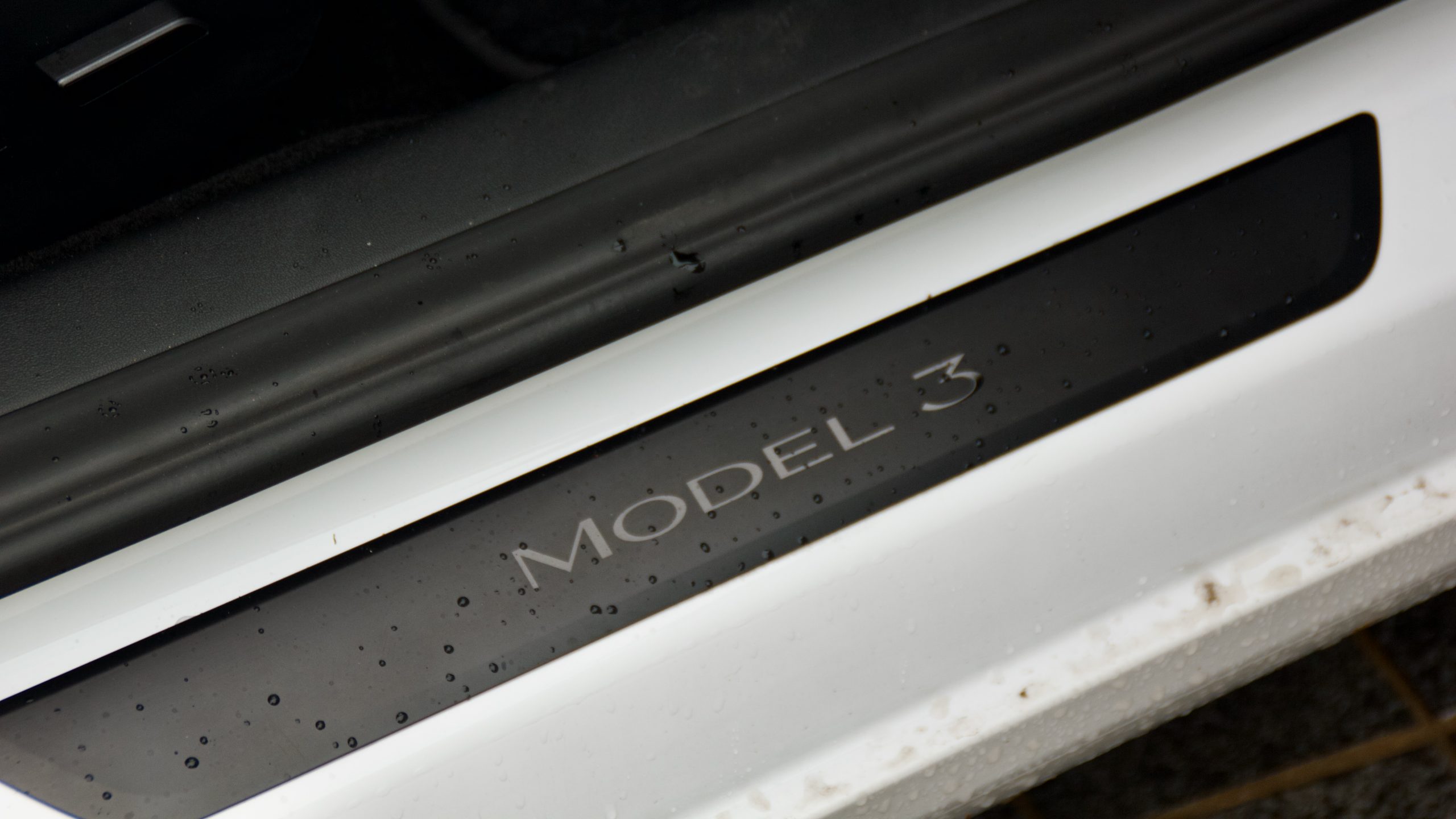
But perhaps where the Model 3 impresses most is that it’s an EV that you could replace your ICE car with tomorrow. The range is present, as is the charging network and unlike a lot of EVs, the Model 3 doesn’t look like a science experiment. And while it isn’t cheap to buy, it is also really good value for money. Why? Competitors such as the Polestar 2 and Hyundai Ioniq 5 are almost similarly expensive but offer less range and performance. There are several reasons as to why the Model 3 is the world’s best selling electric car, but we think that its excellent value equation is the biggest of them all. It’s how electric cars should be priced – especially in its entry-level form – and if car makers can’t match or beat it, why bother?
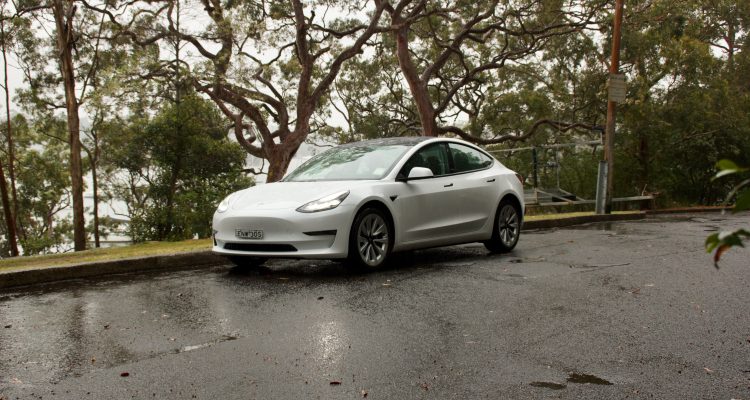
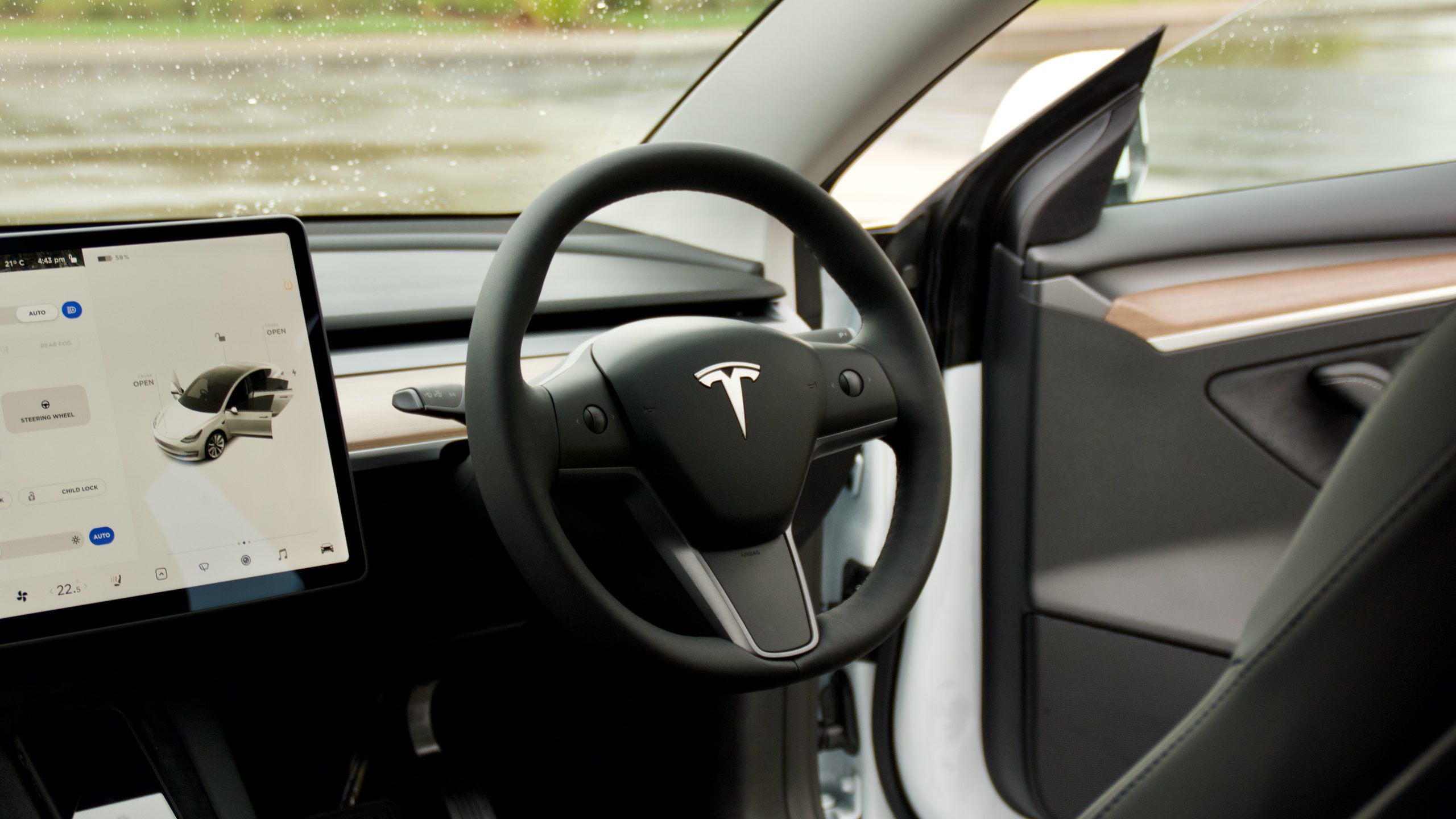
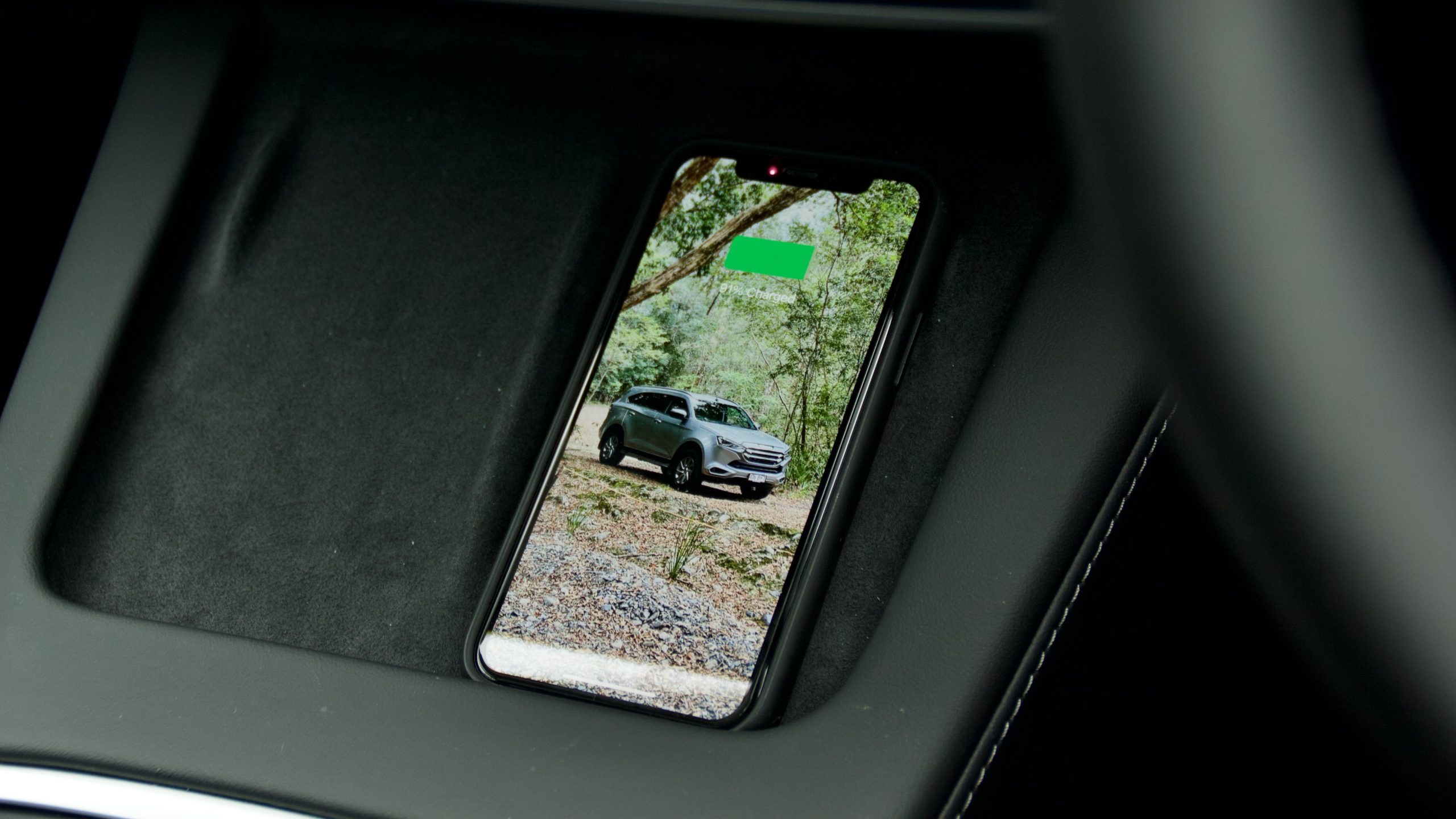
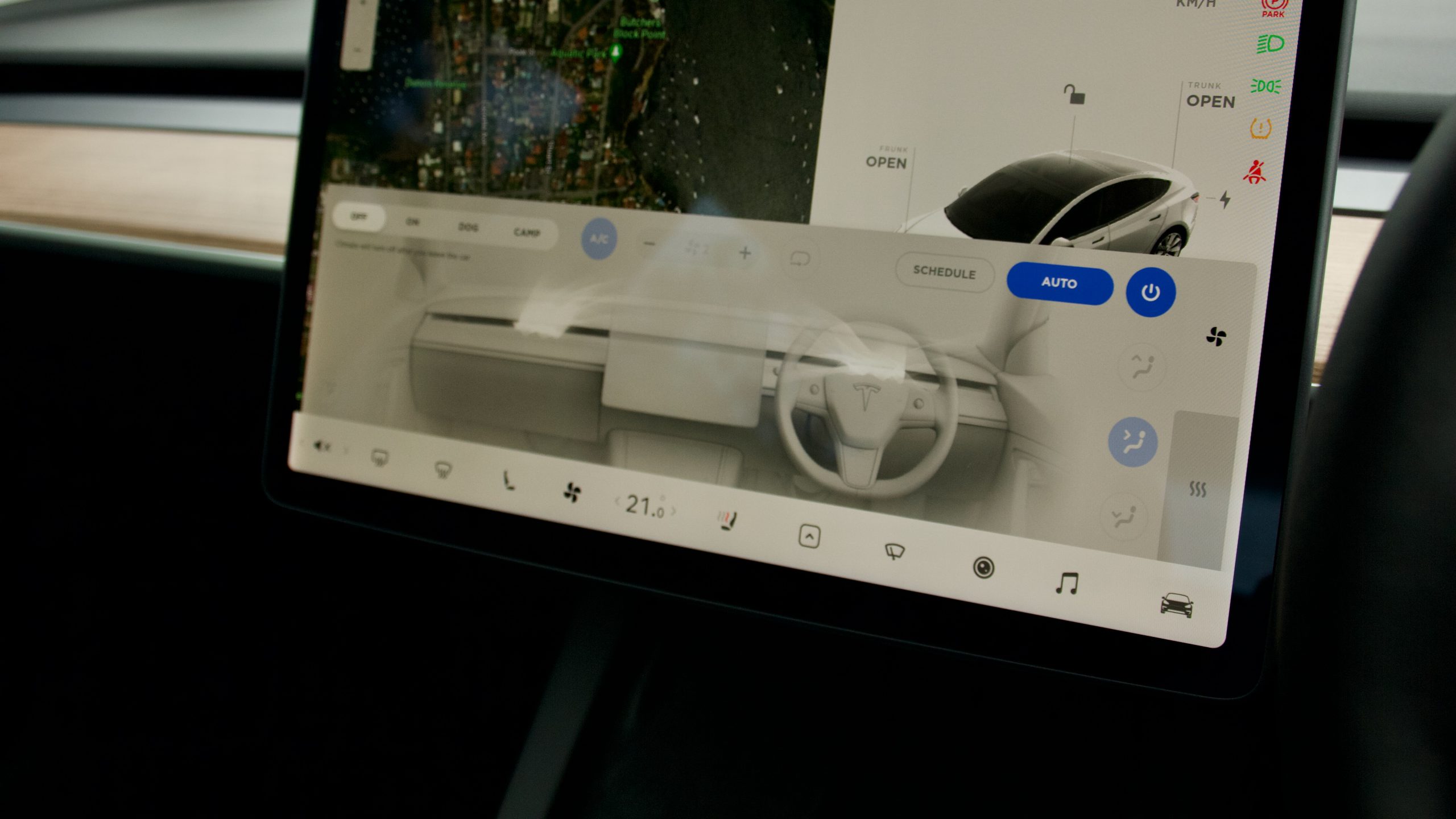
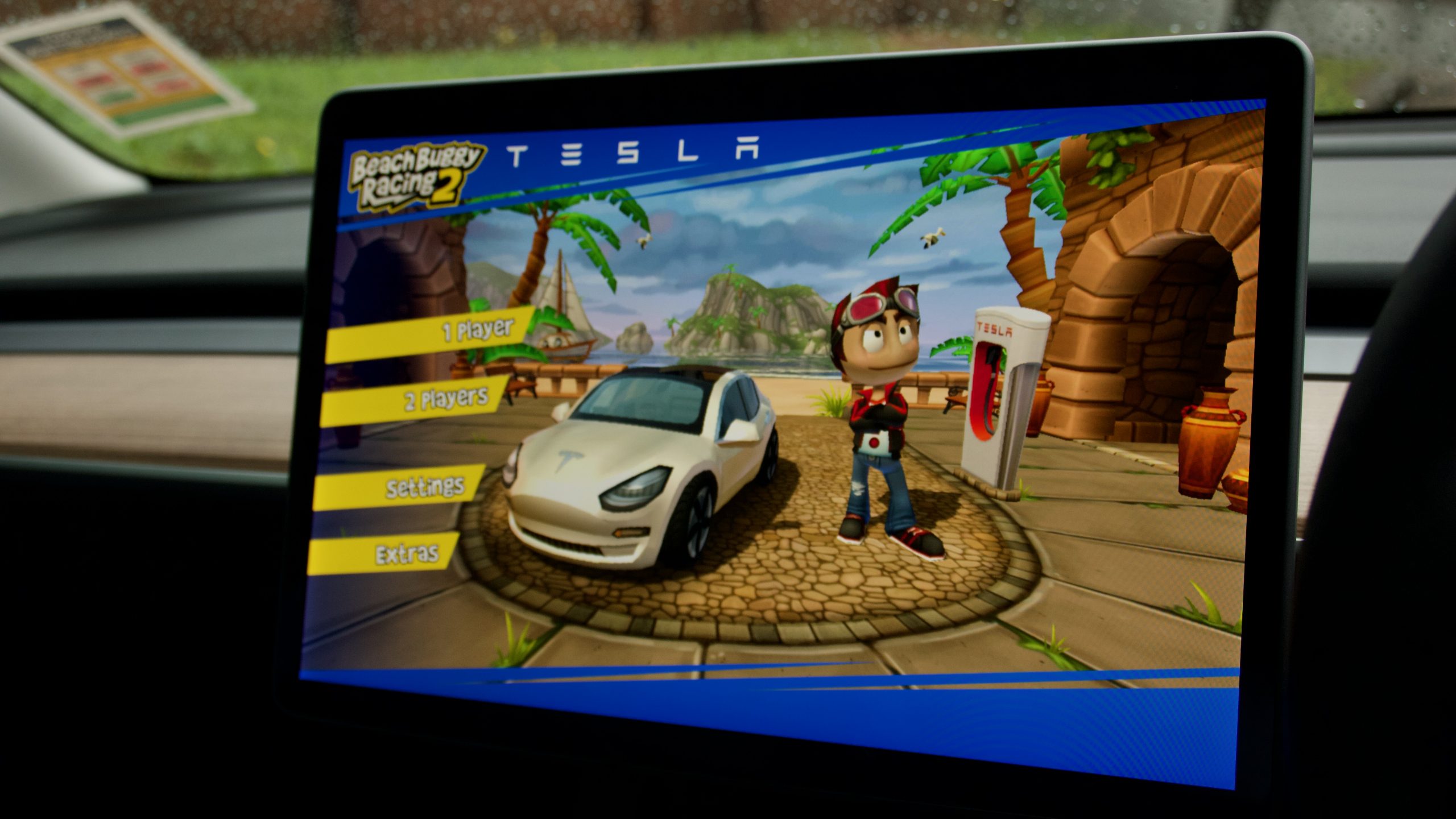
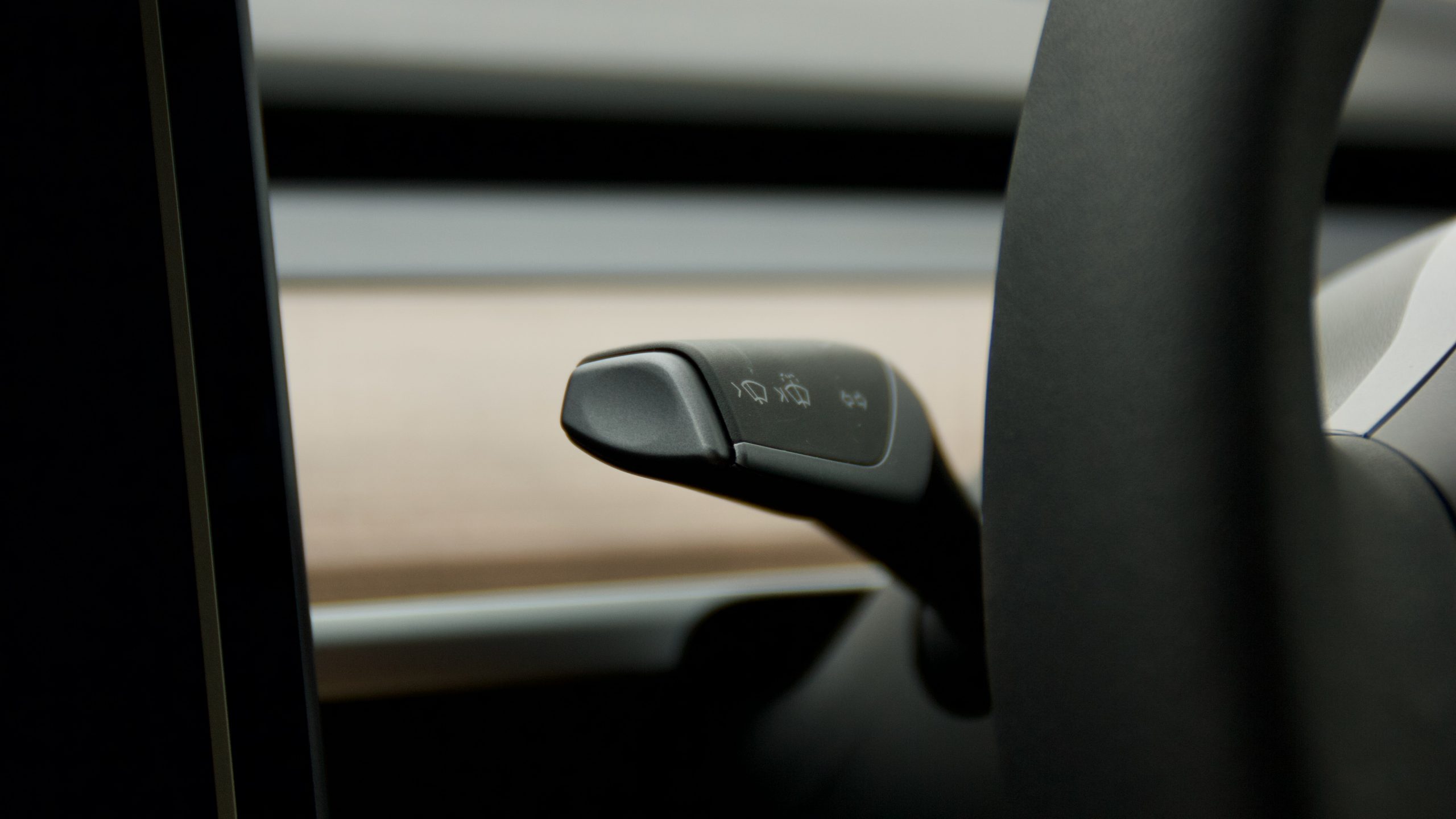
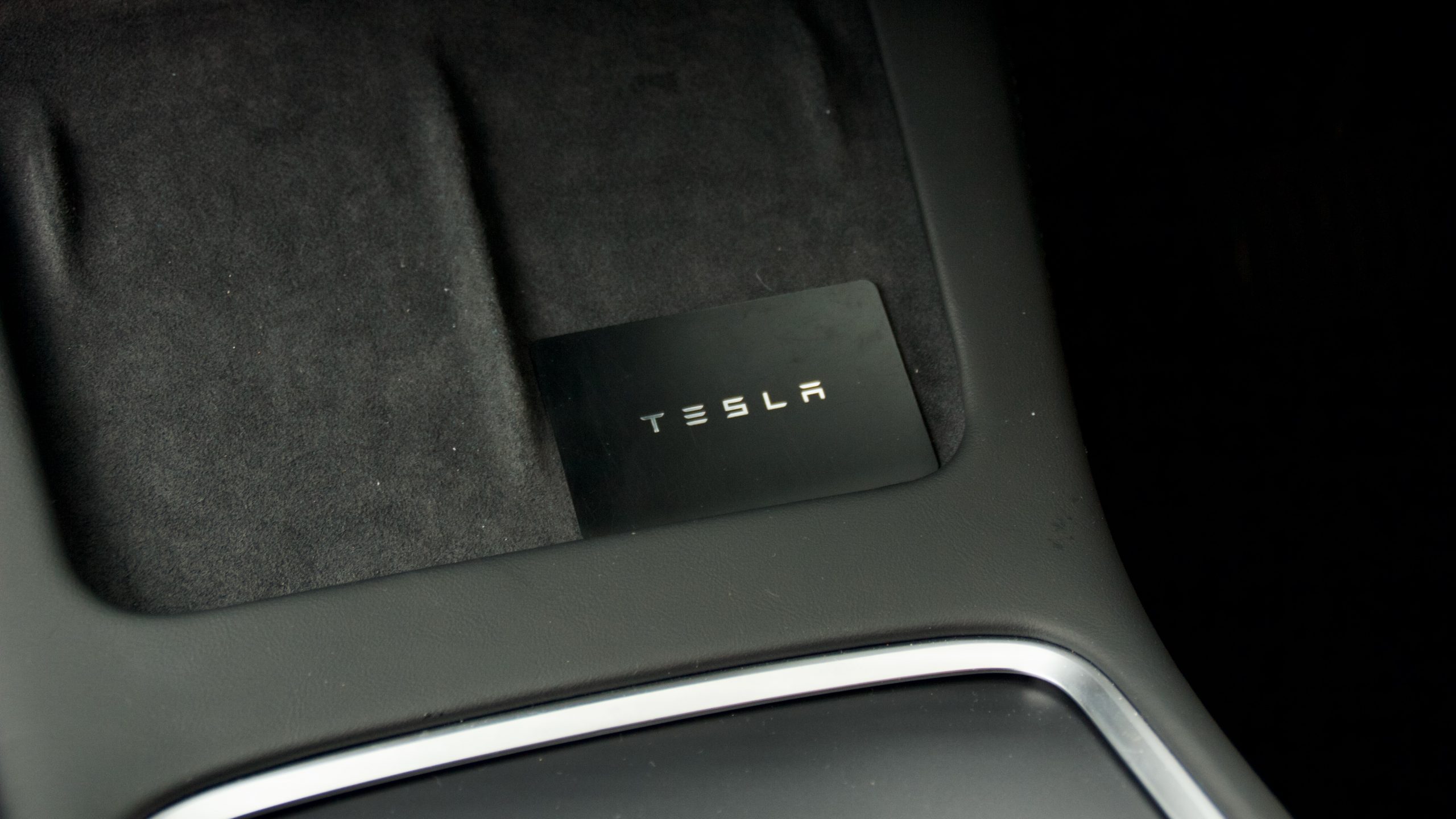
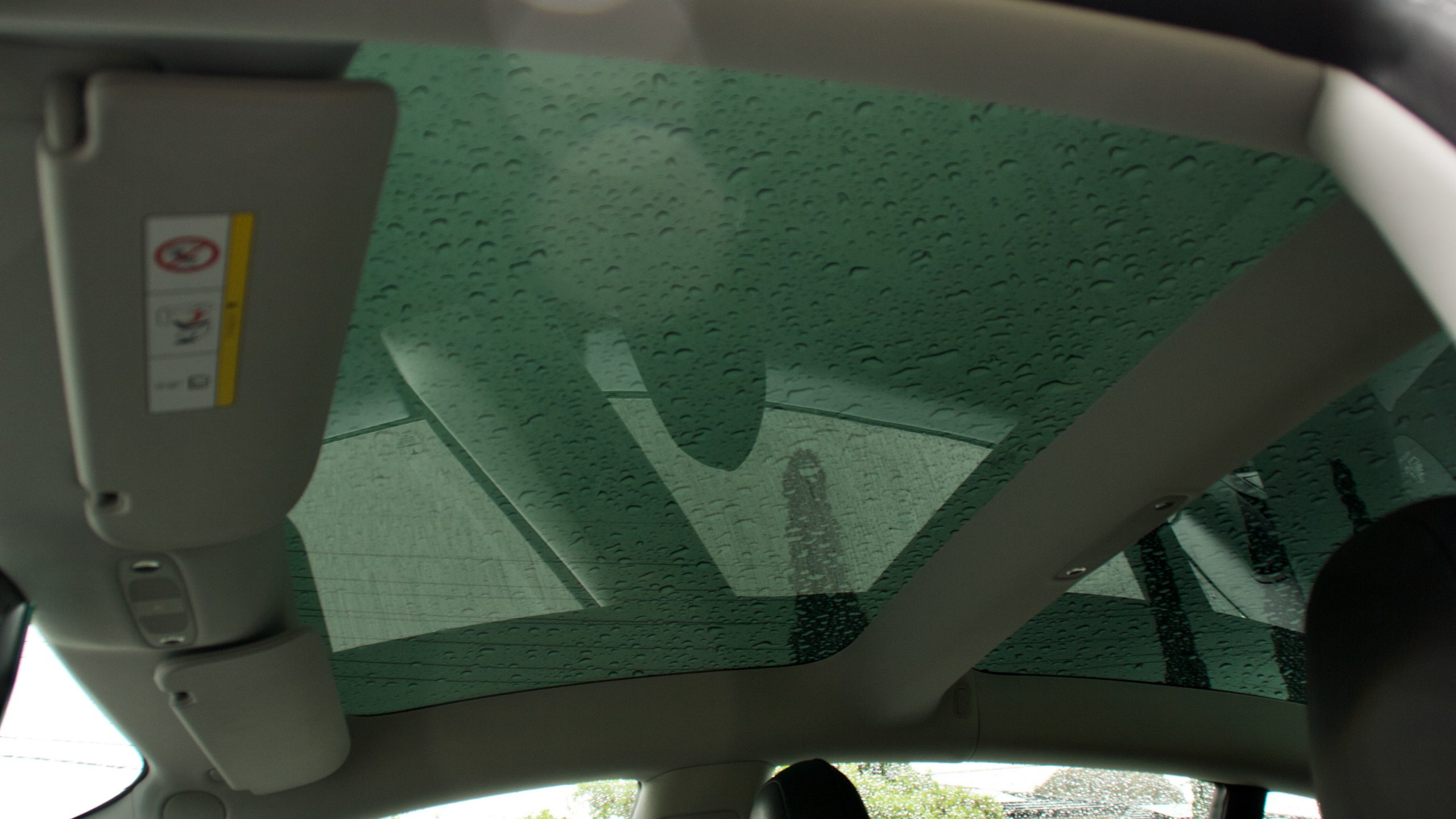
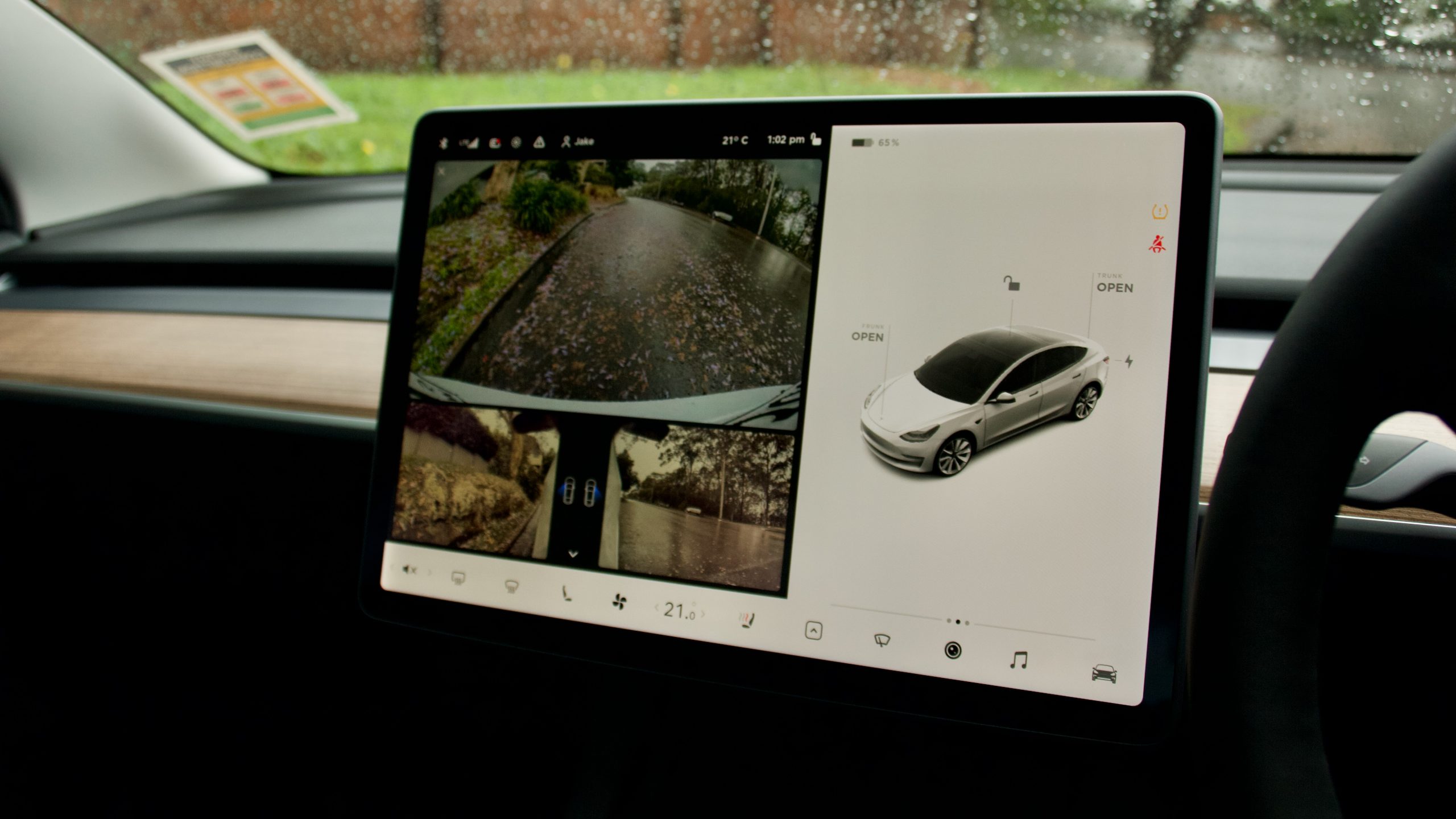
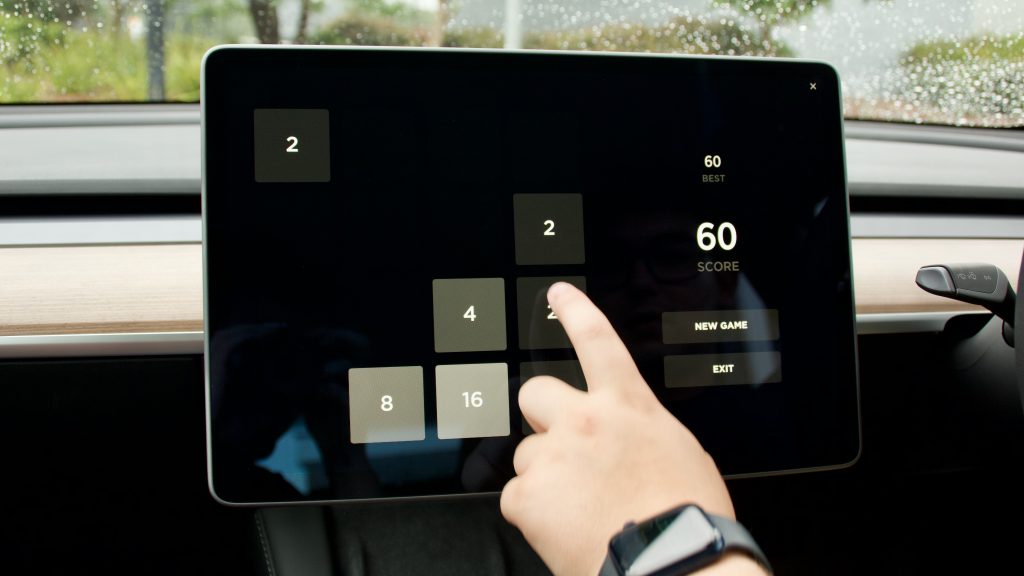
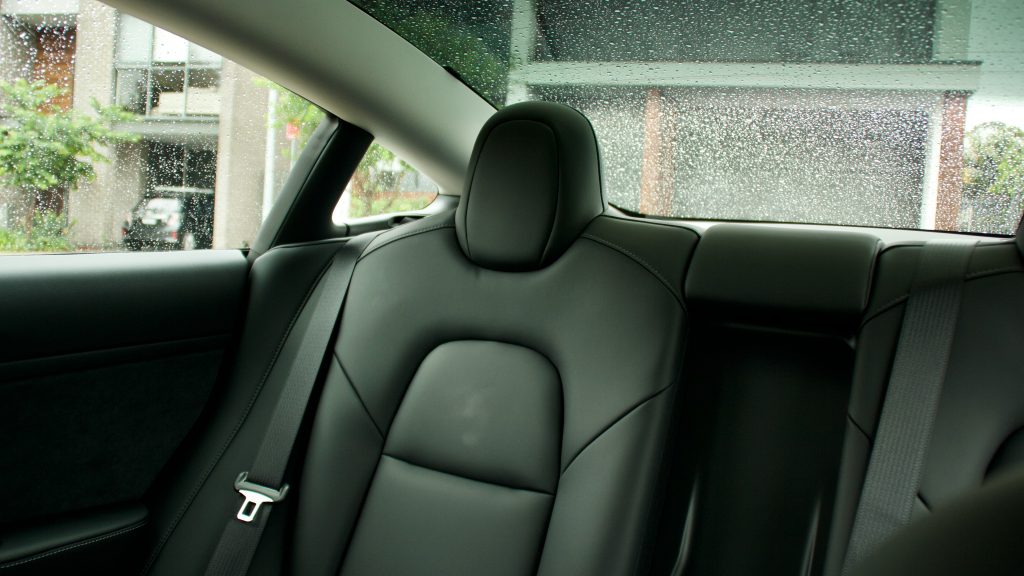
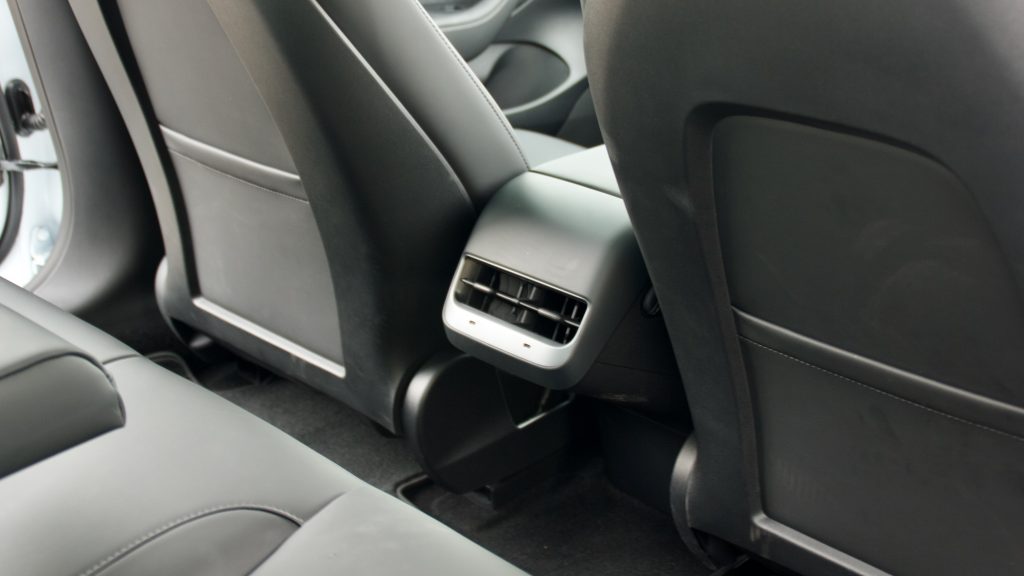
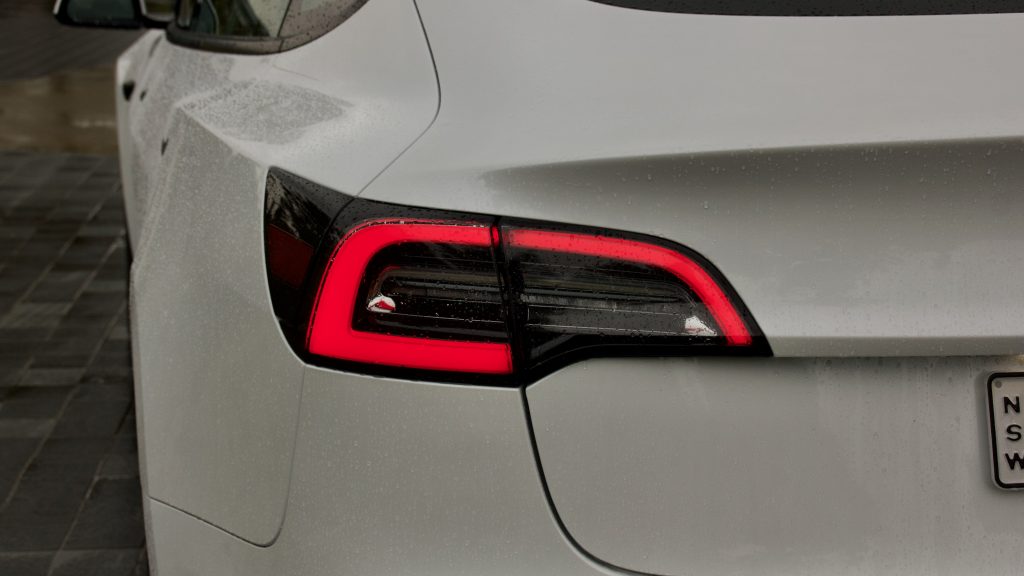
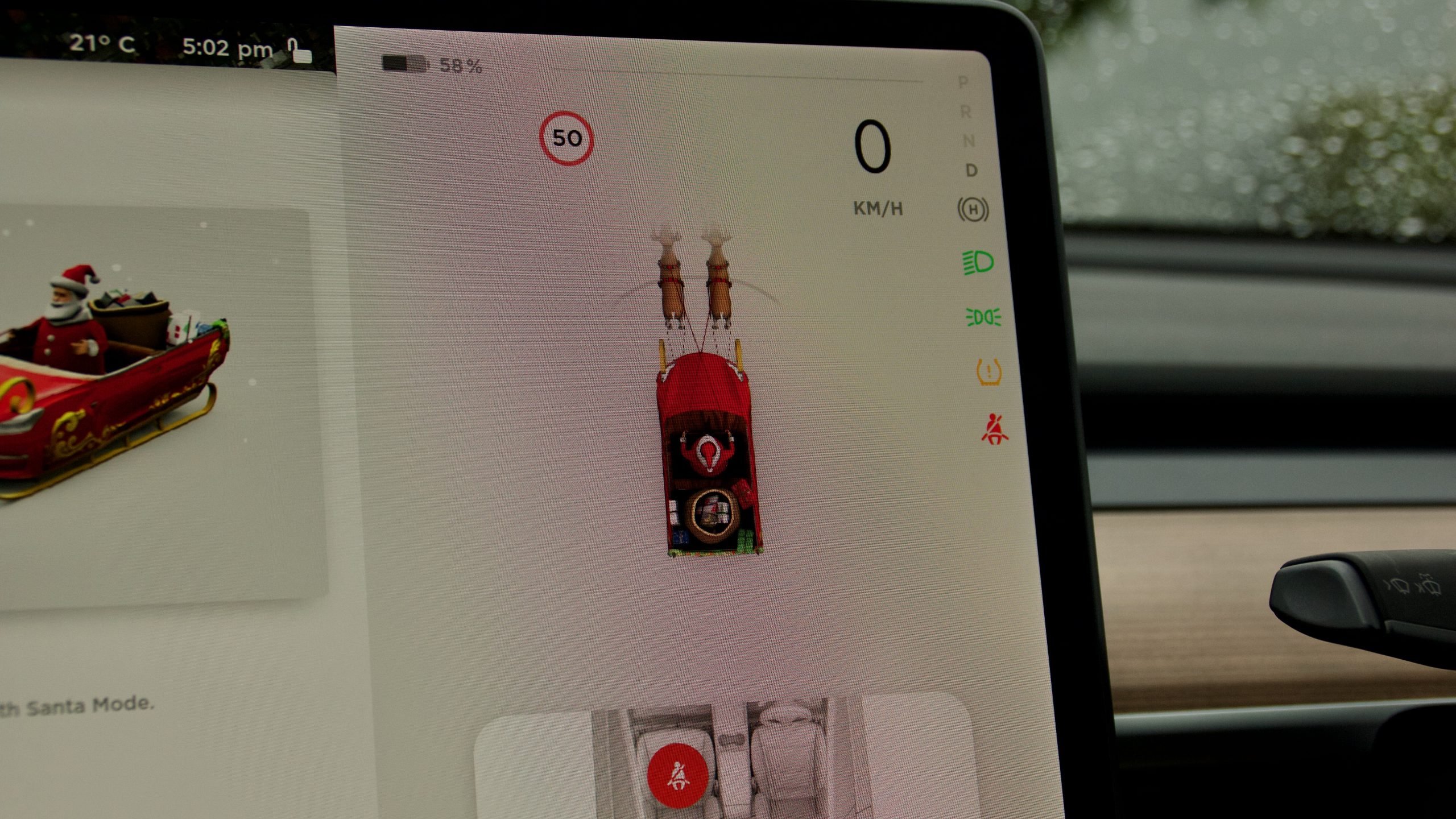
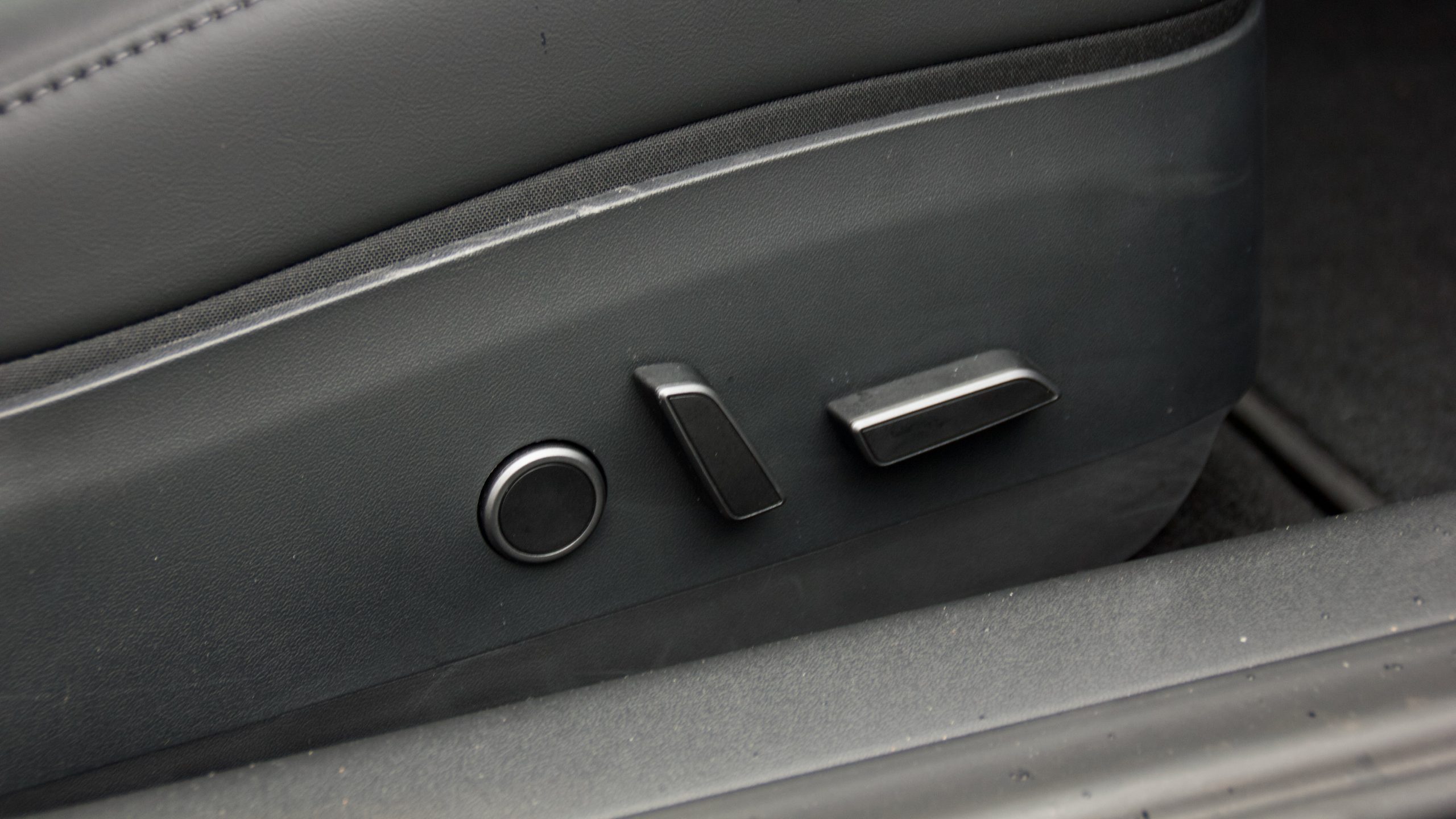
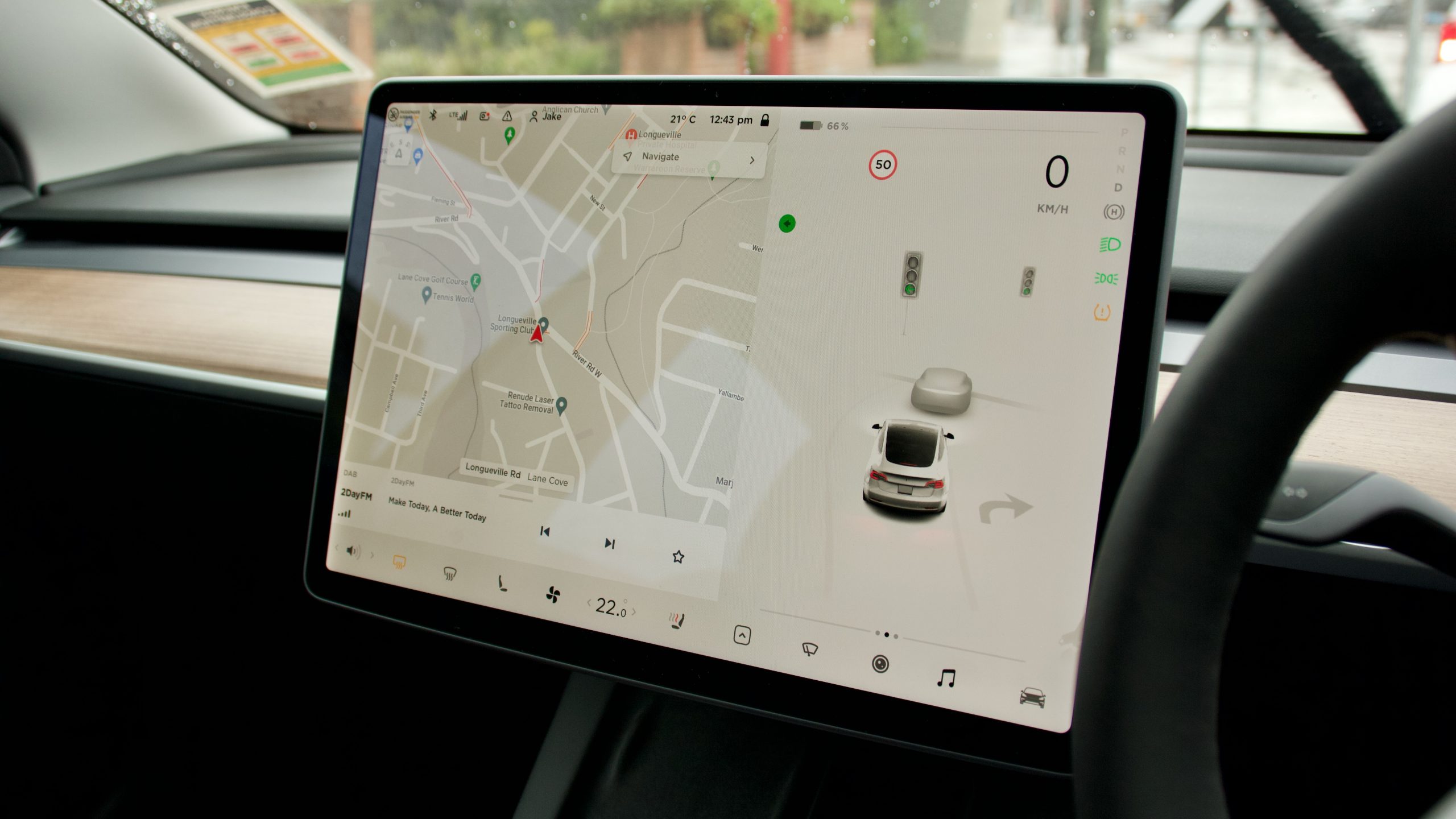
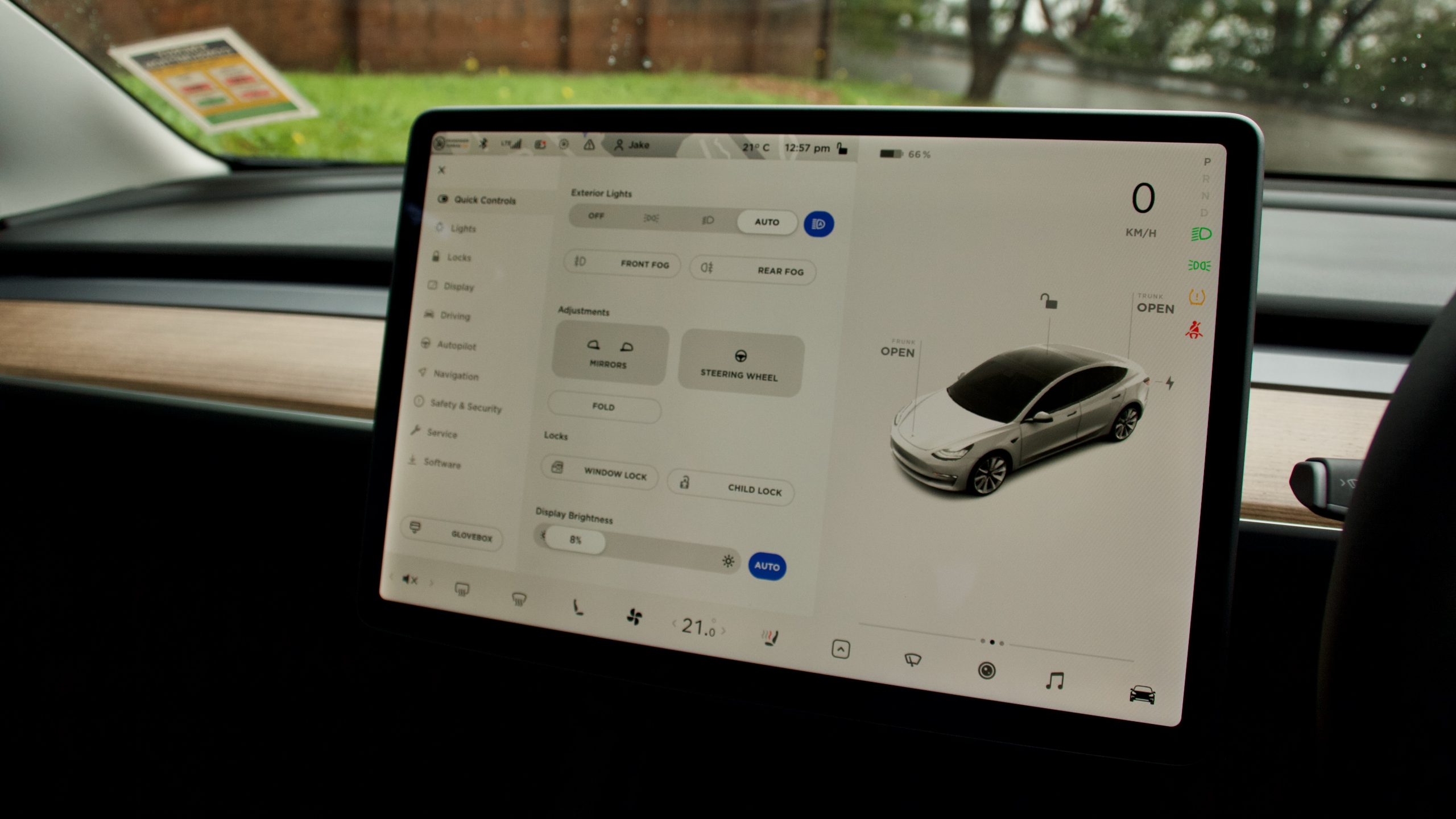
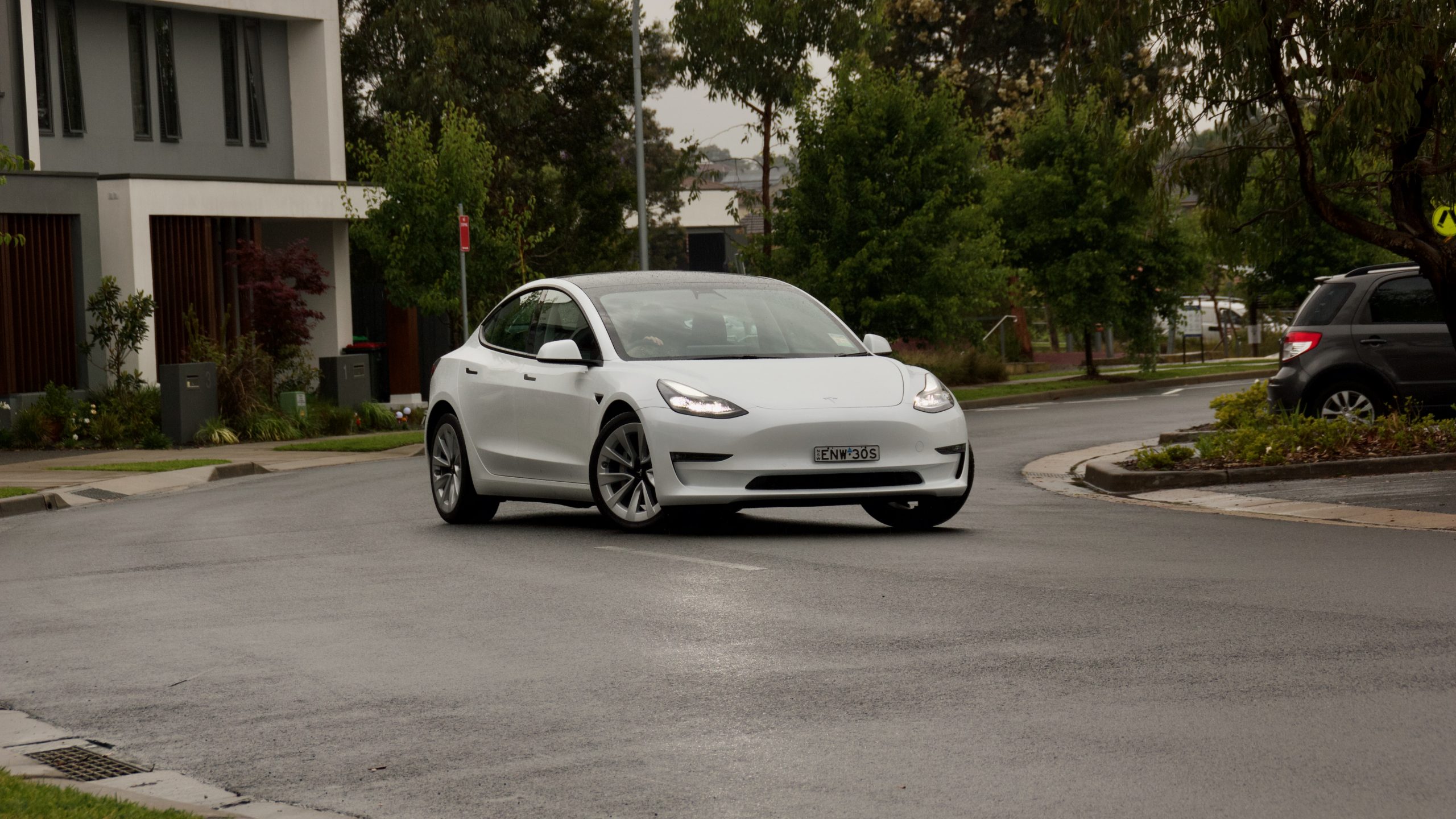
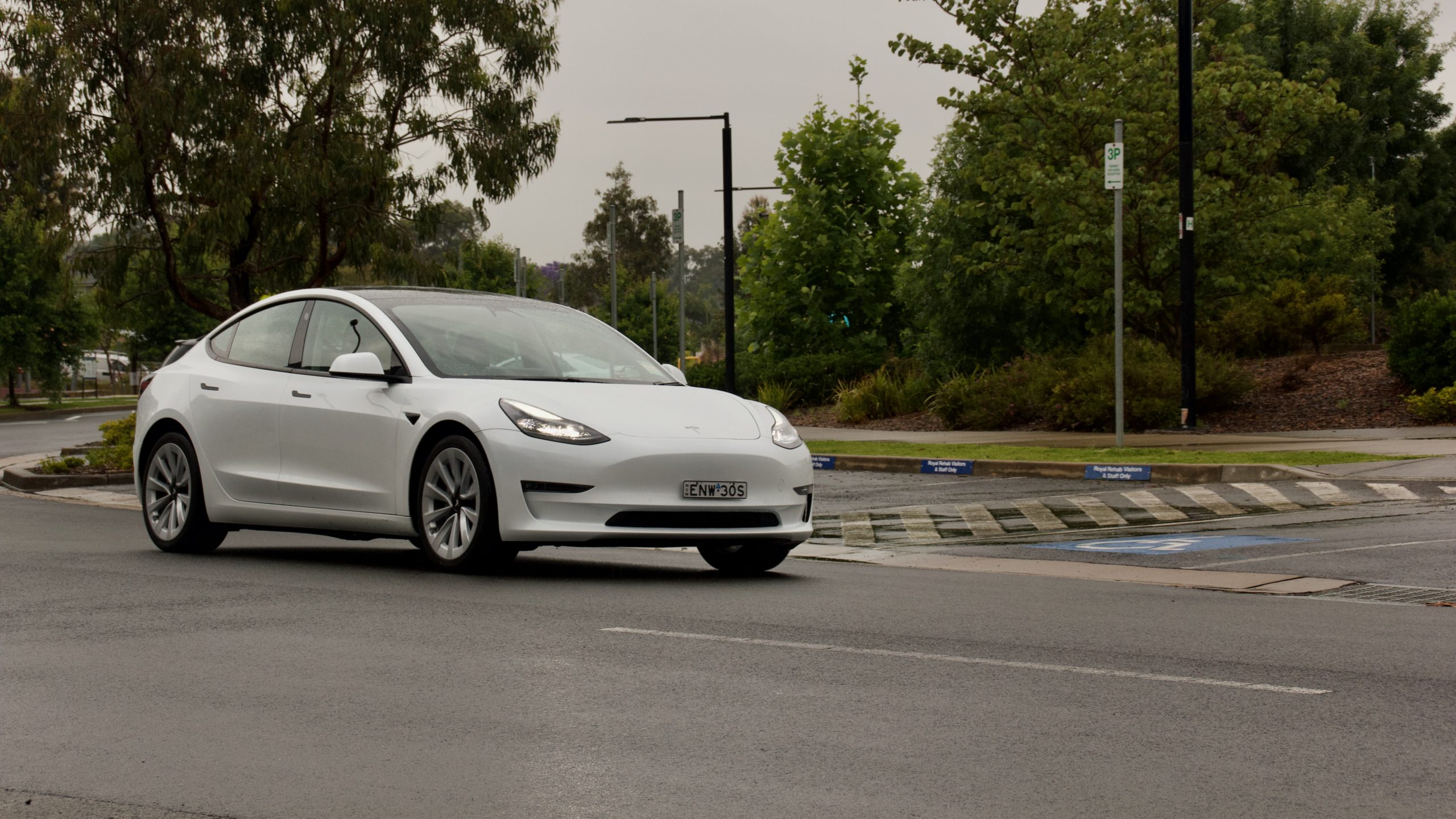
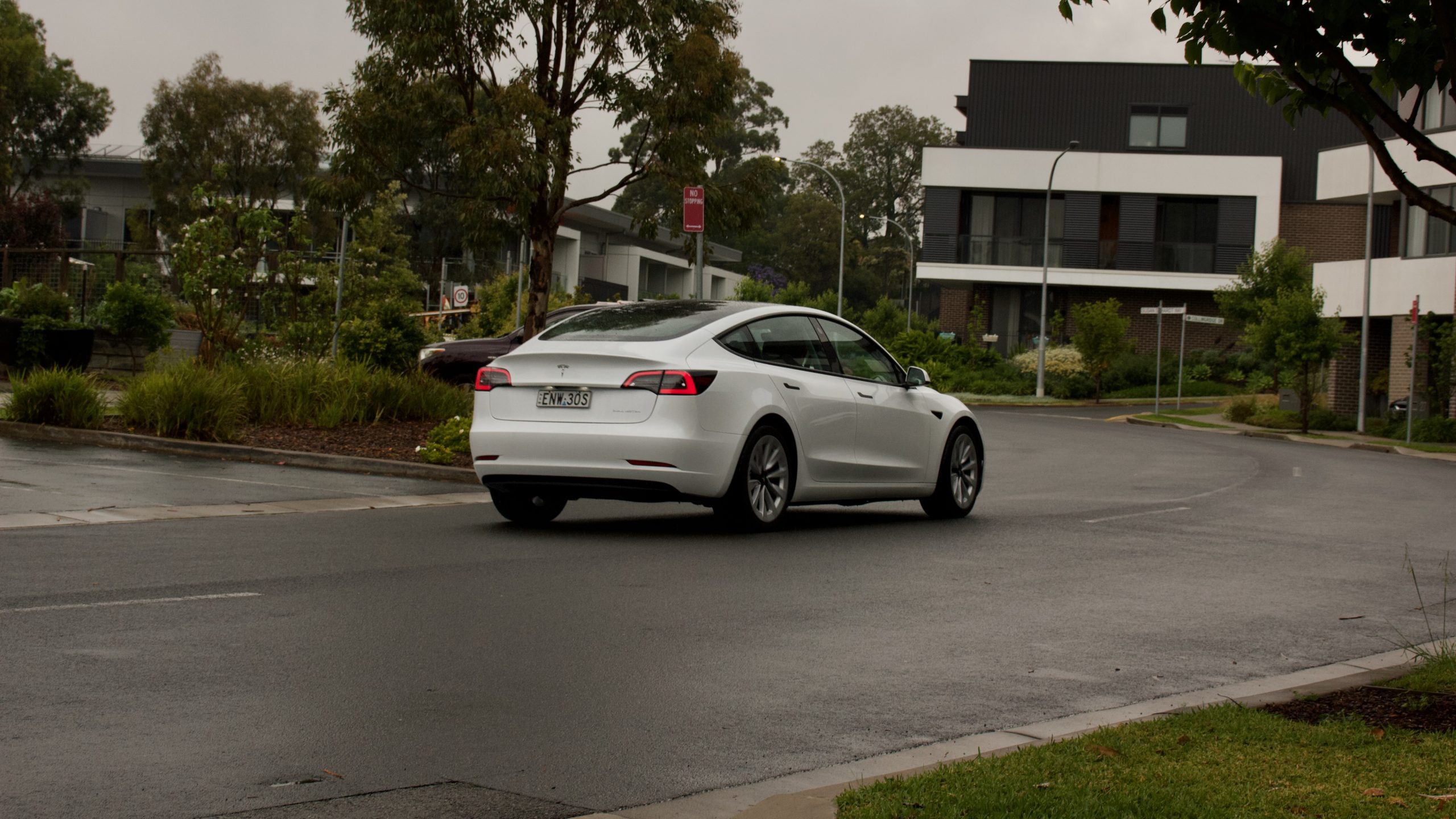
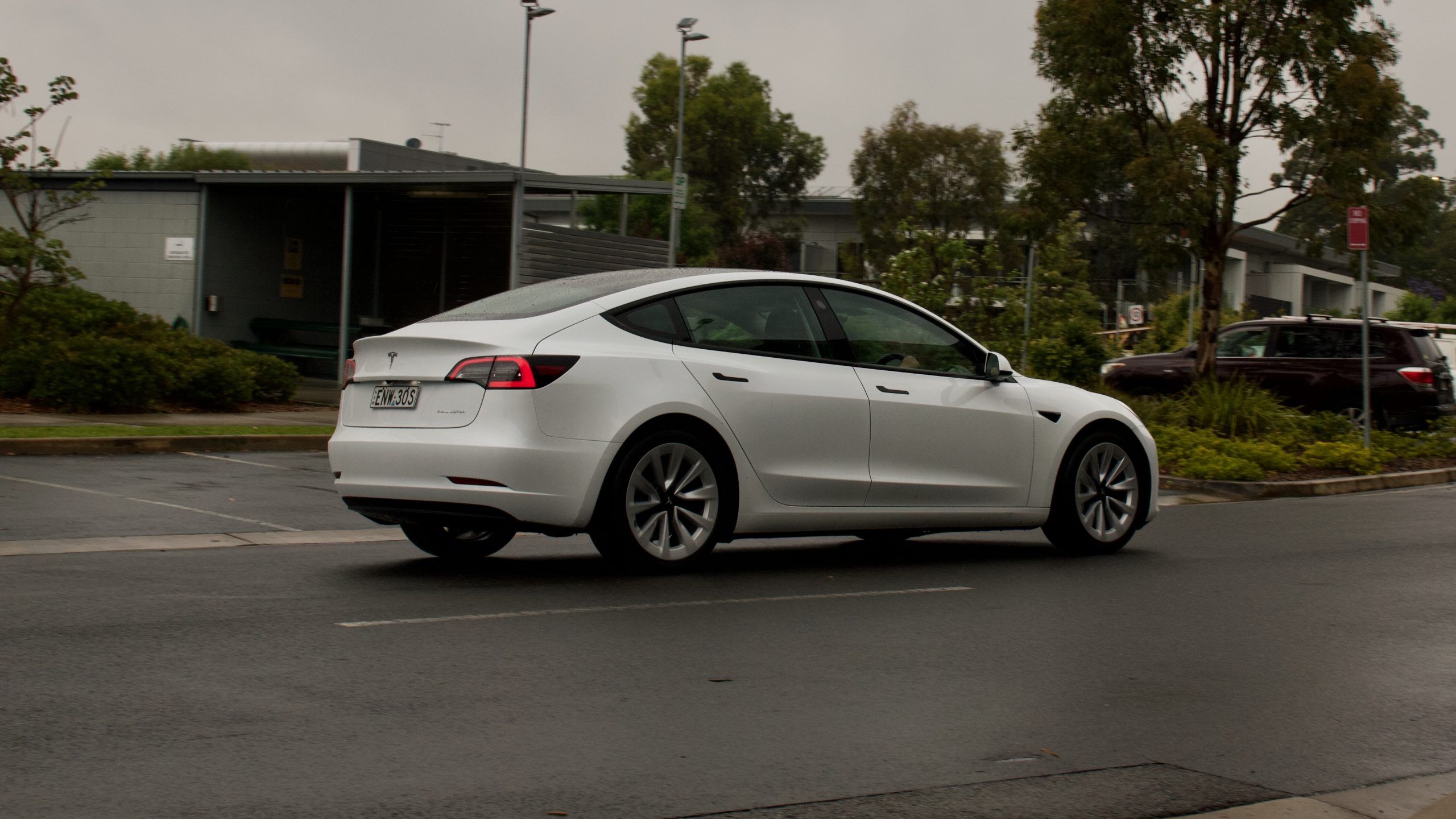
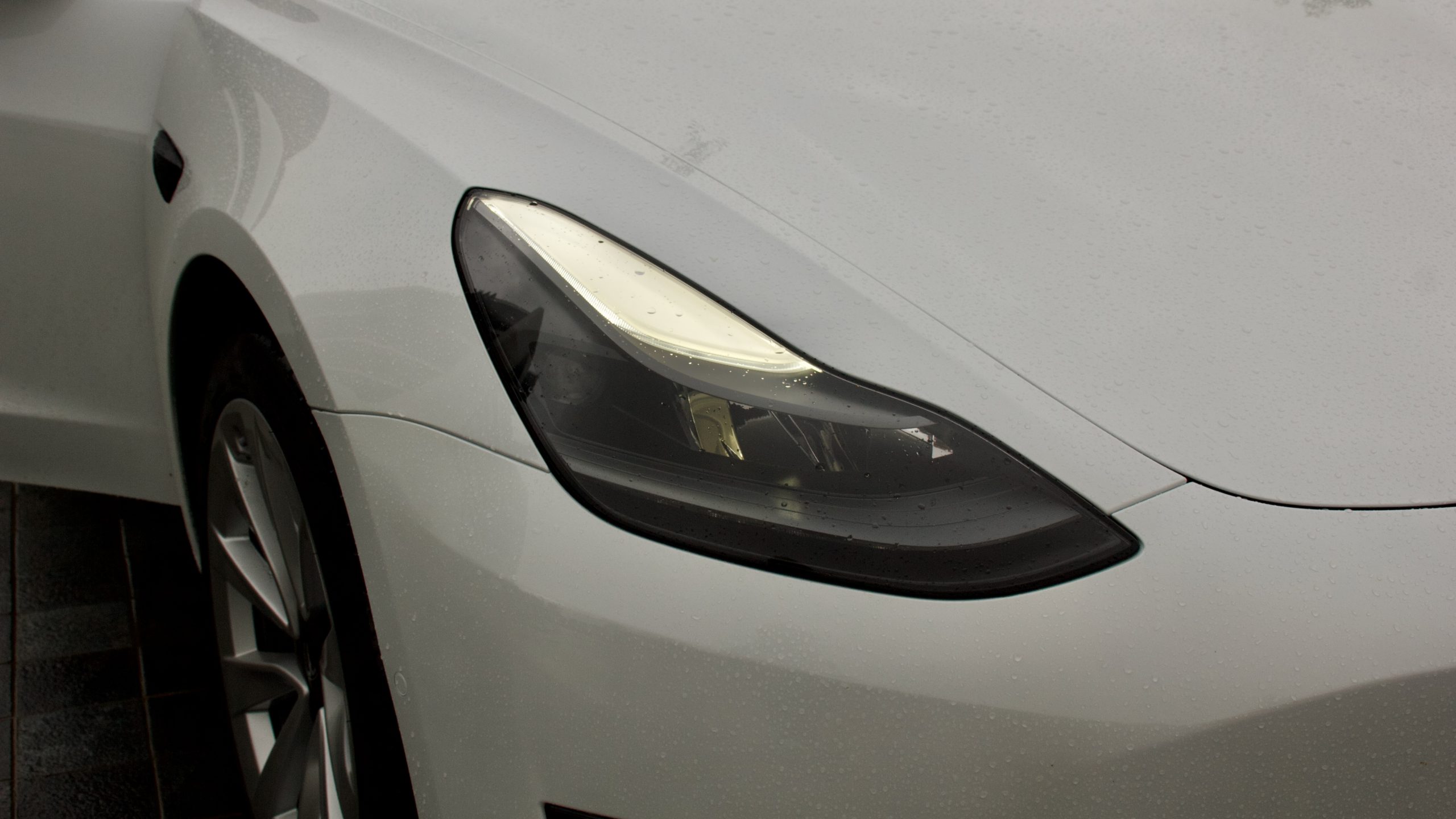
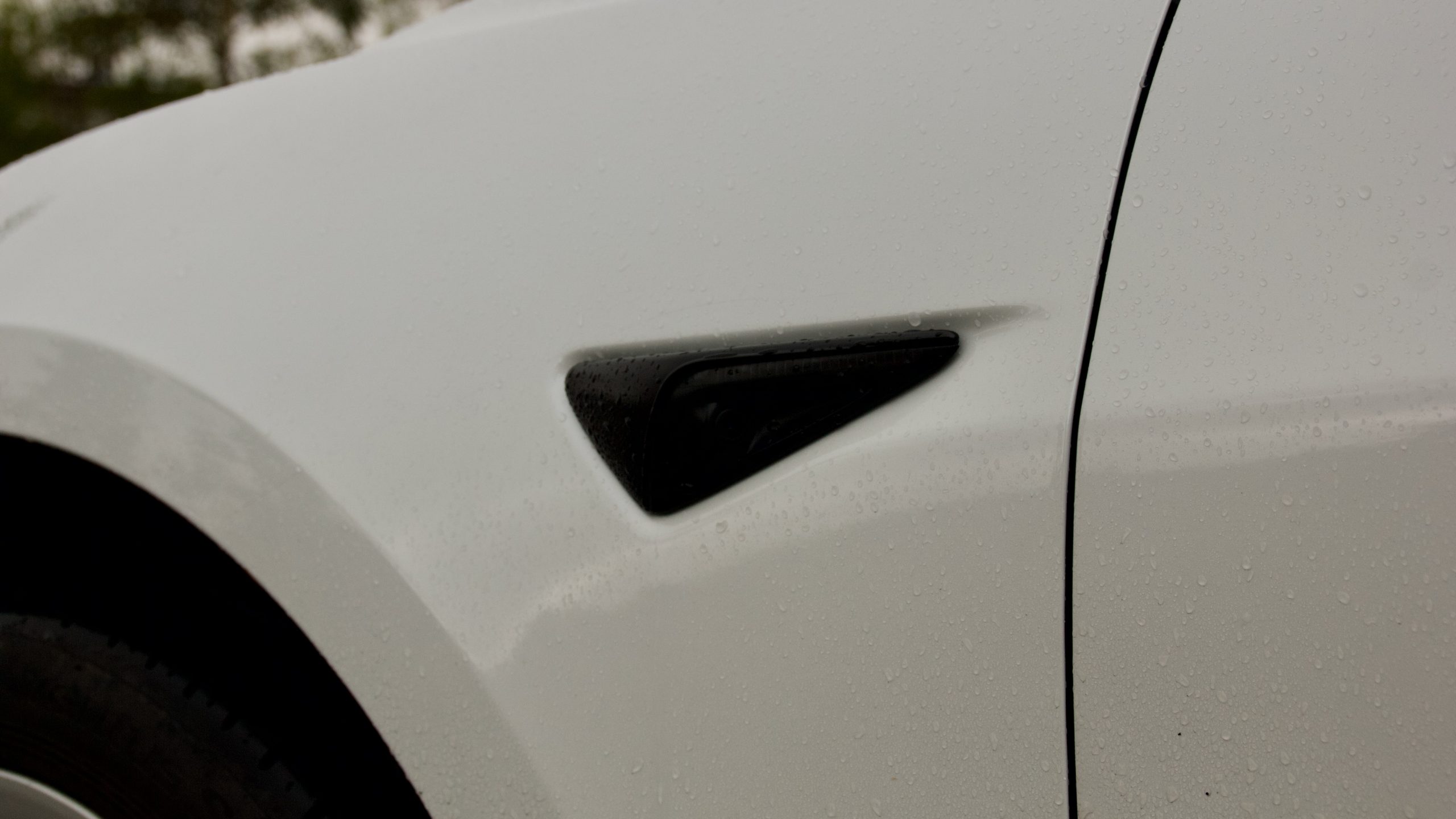
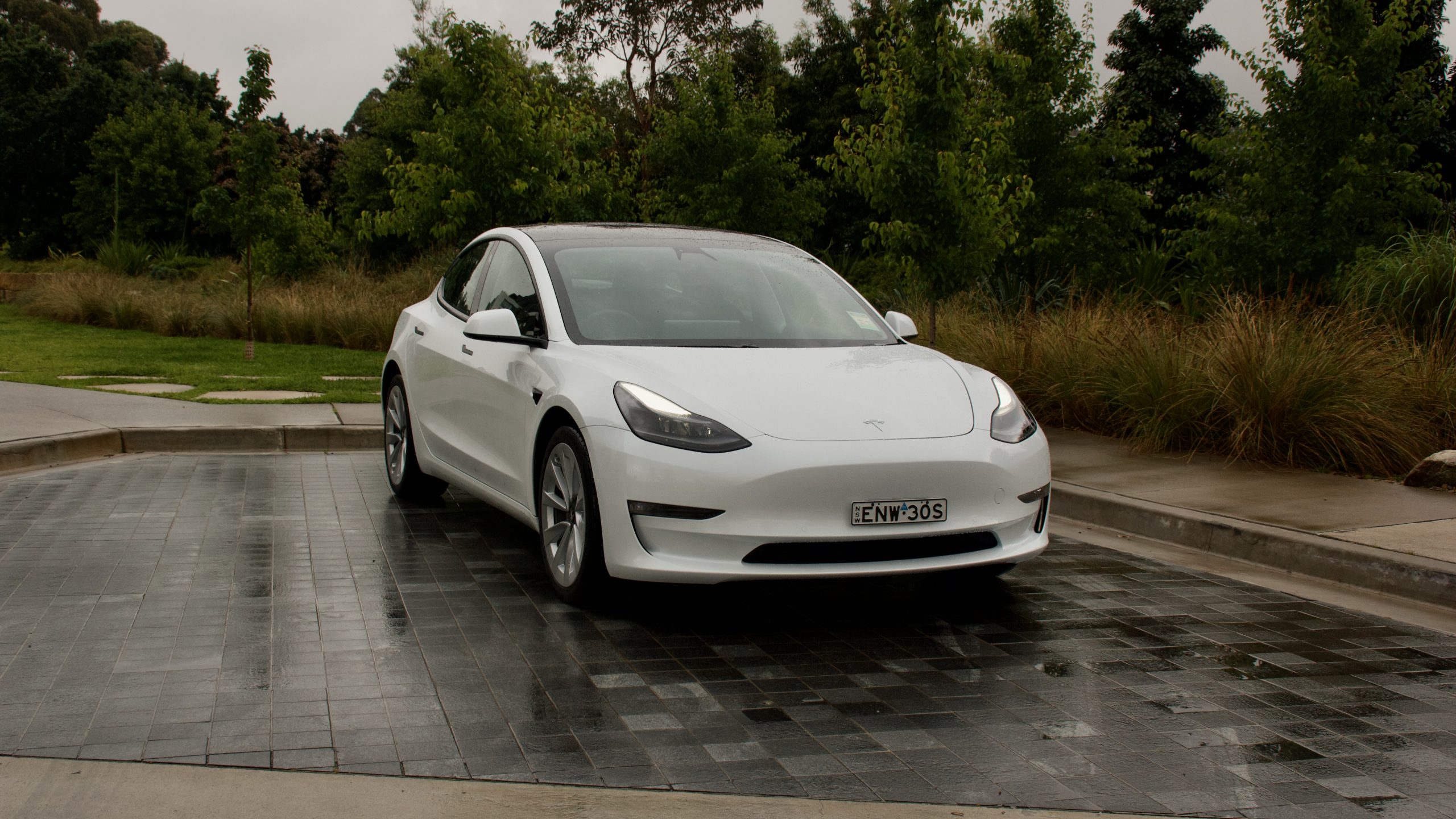
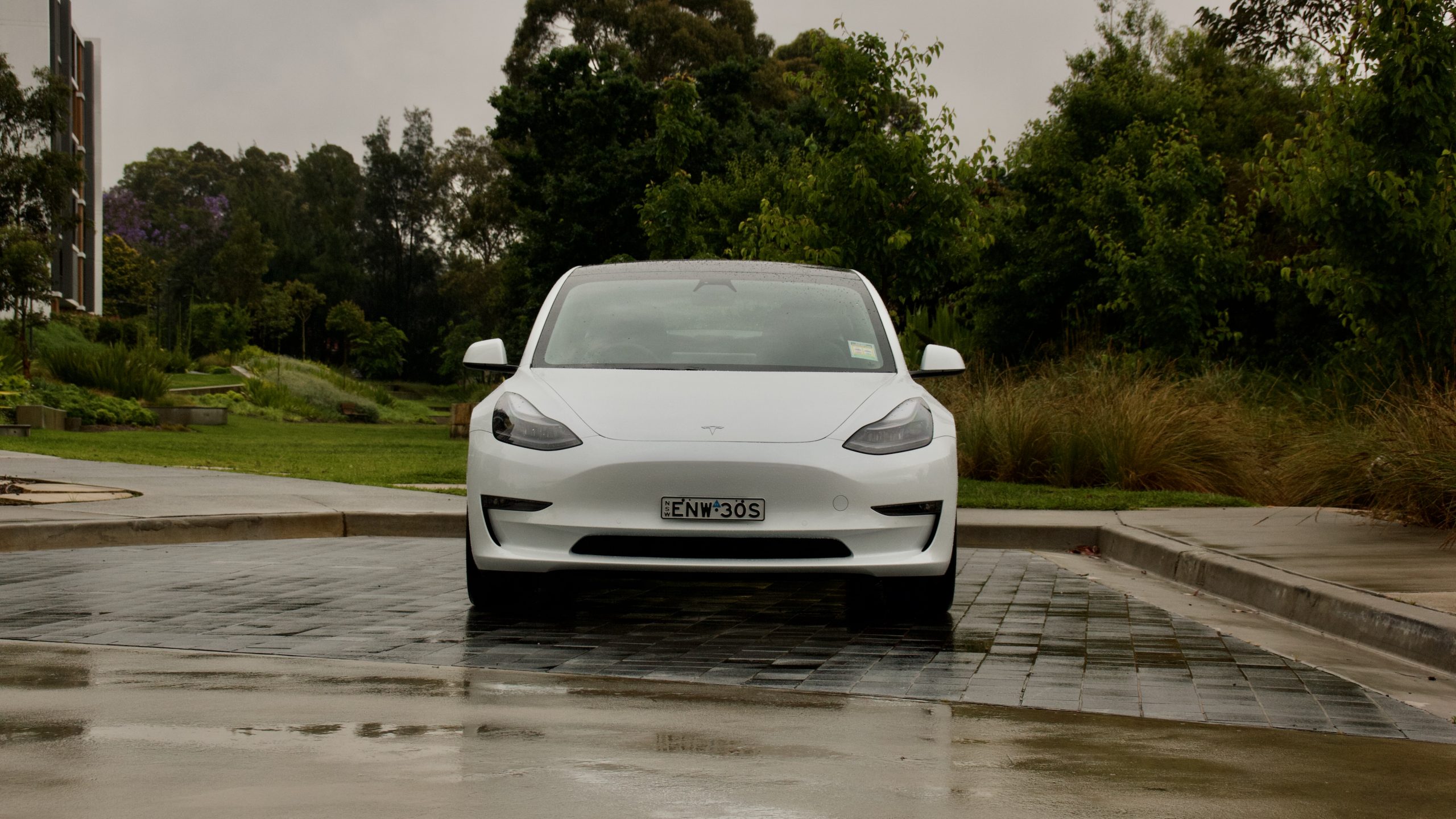
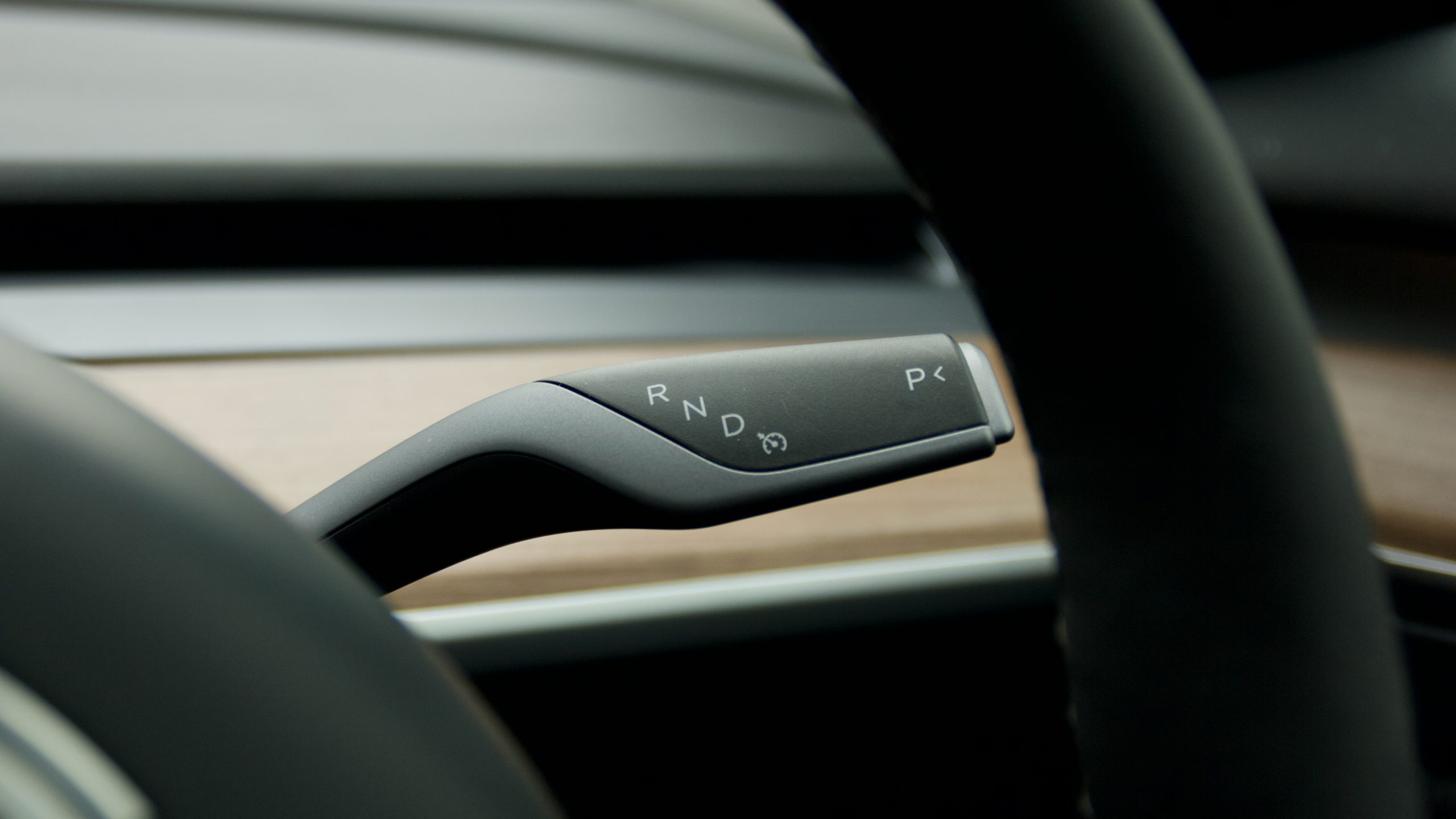
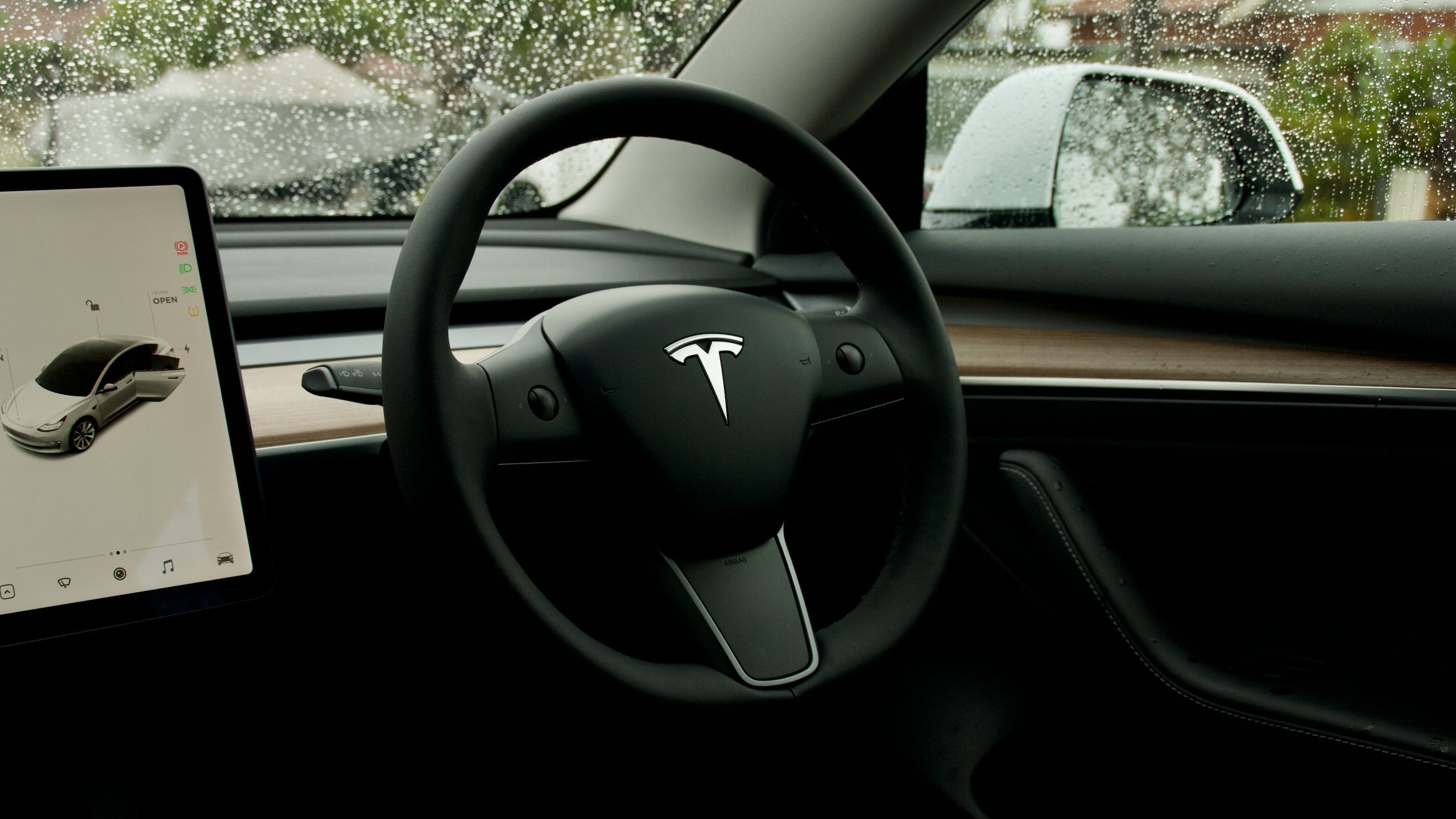
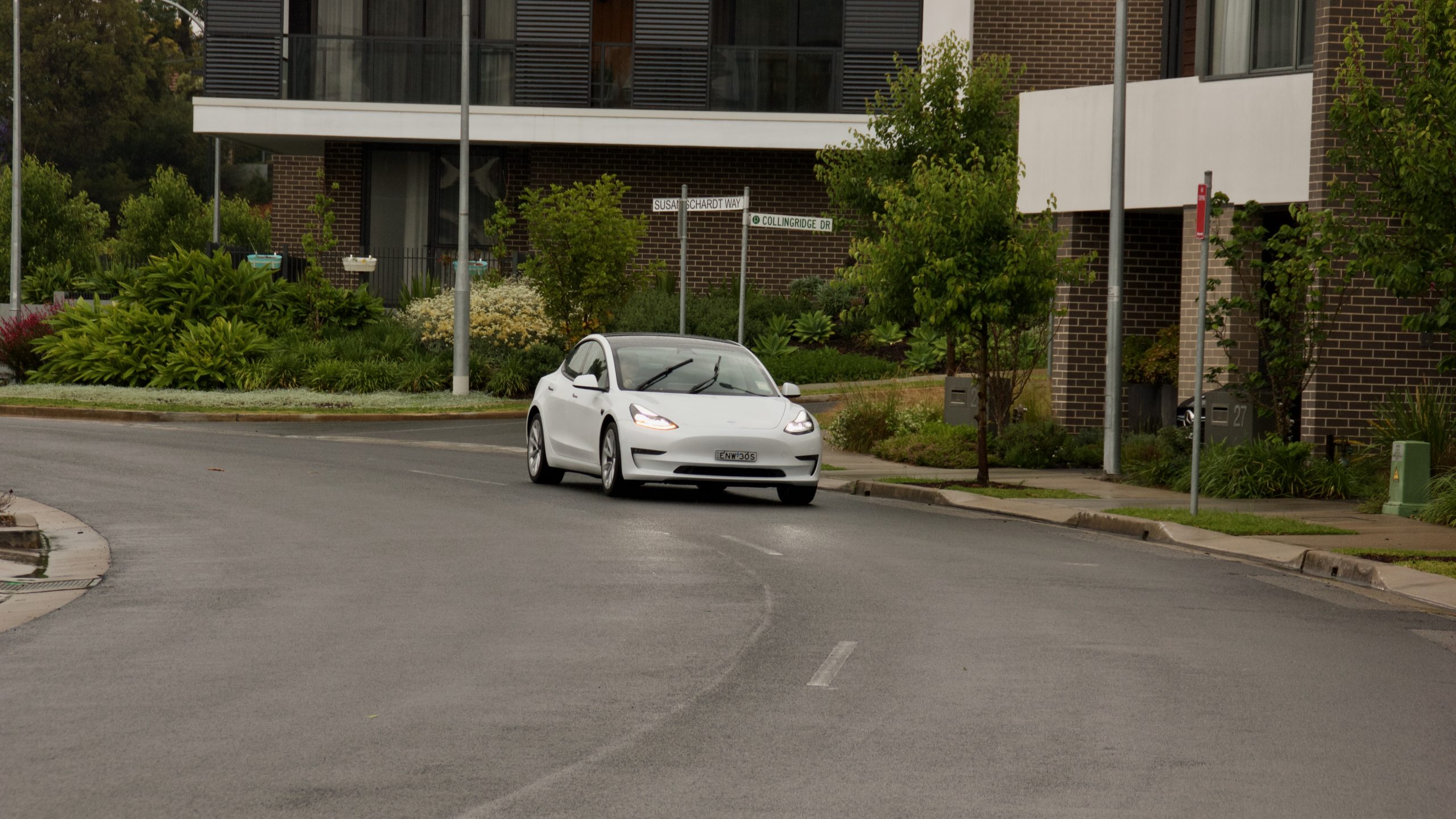
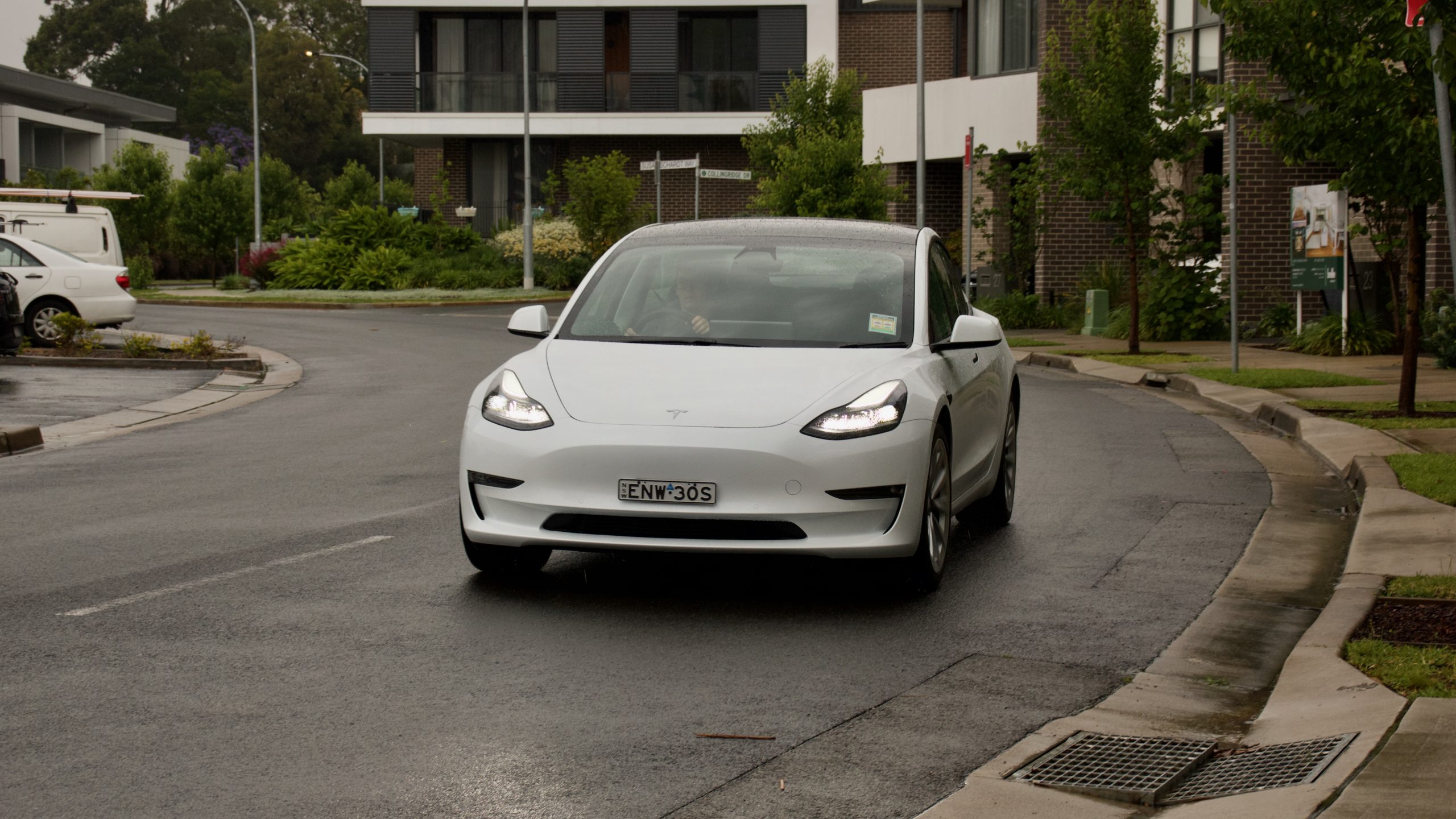
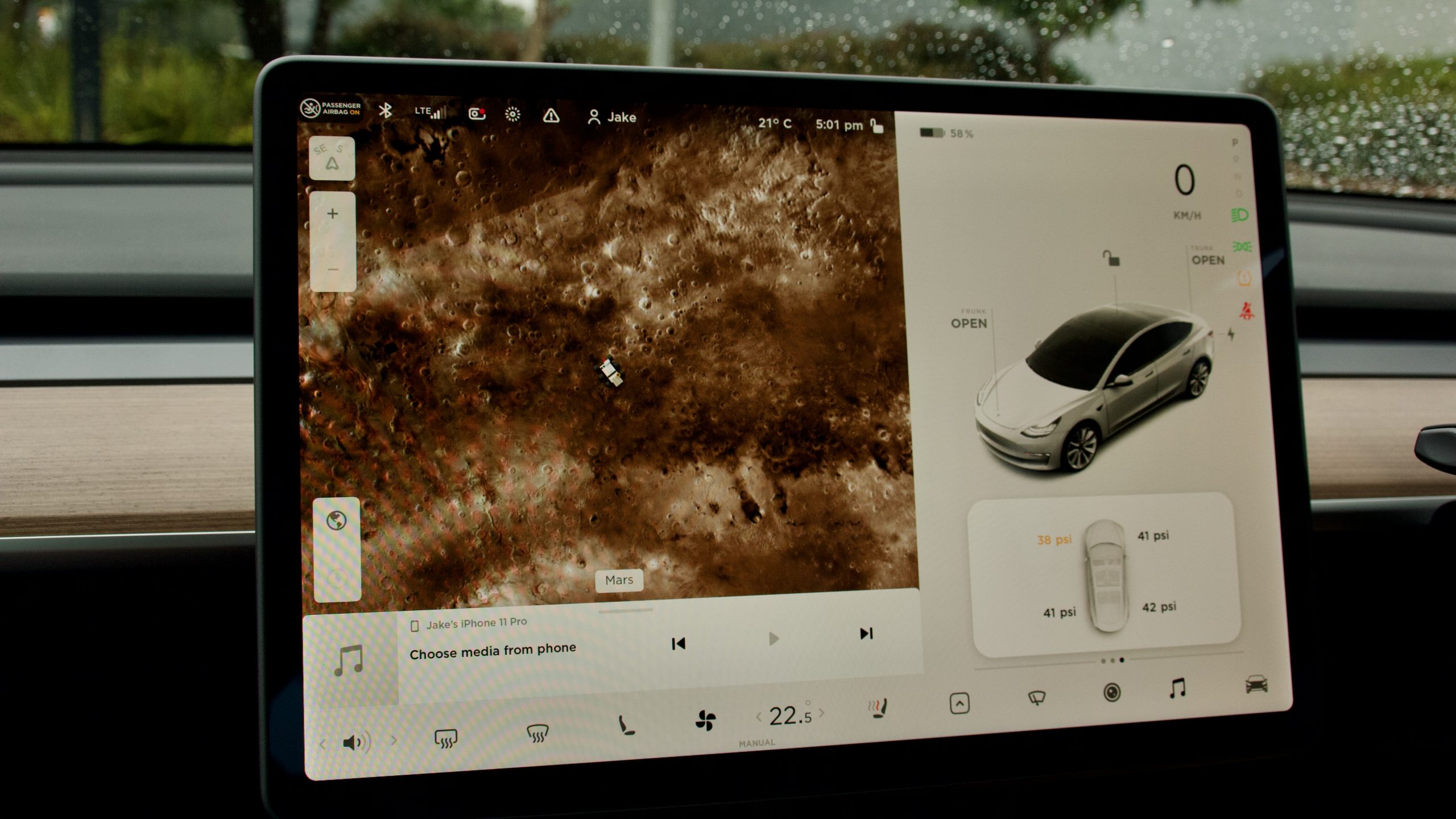
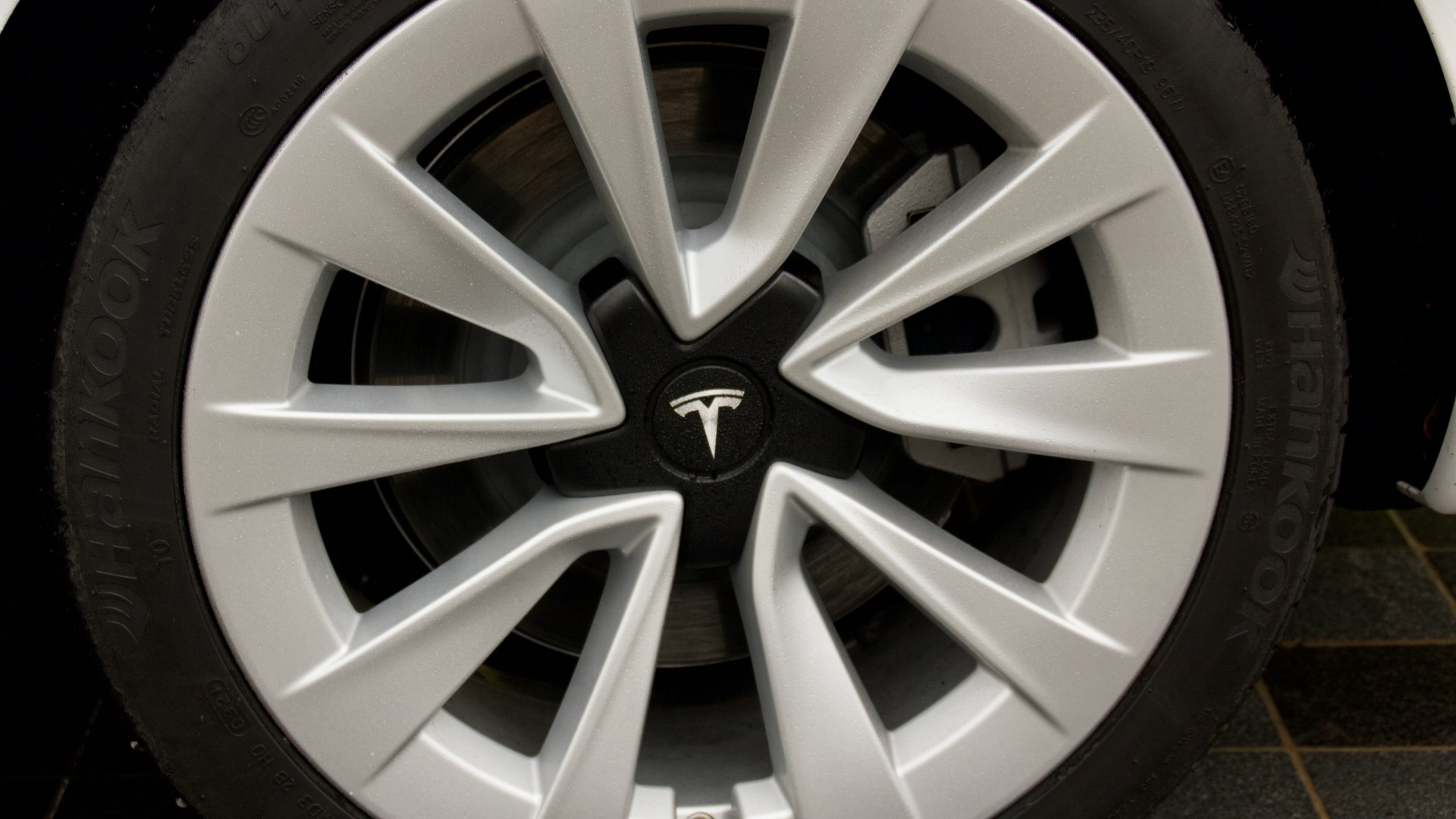
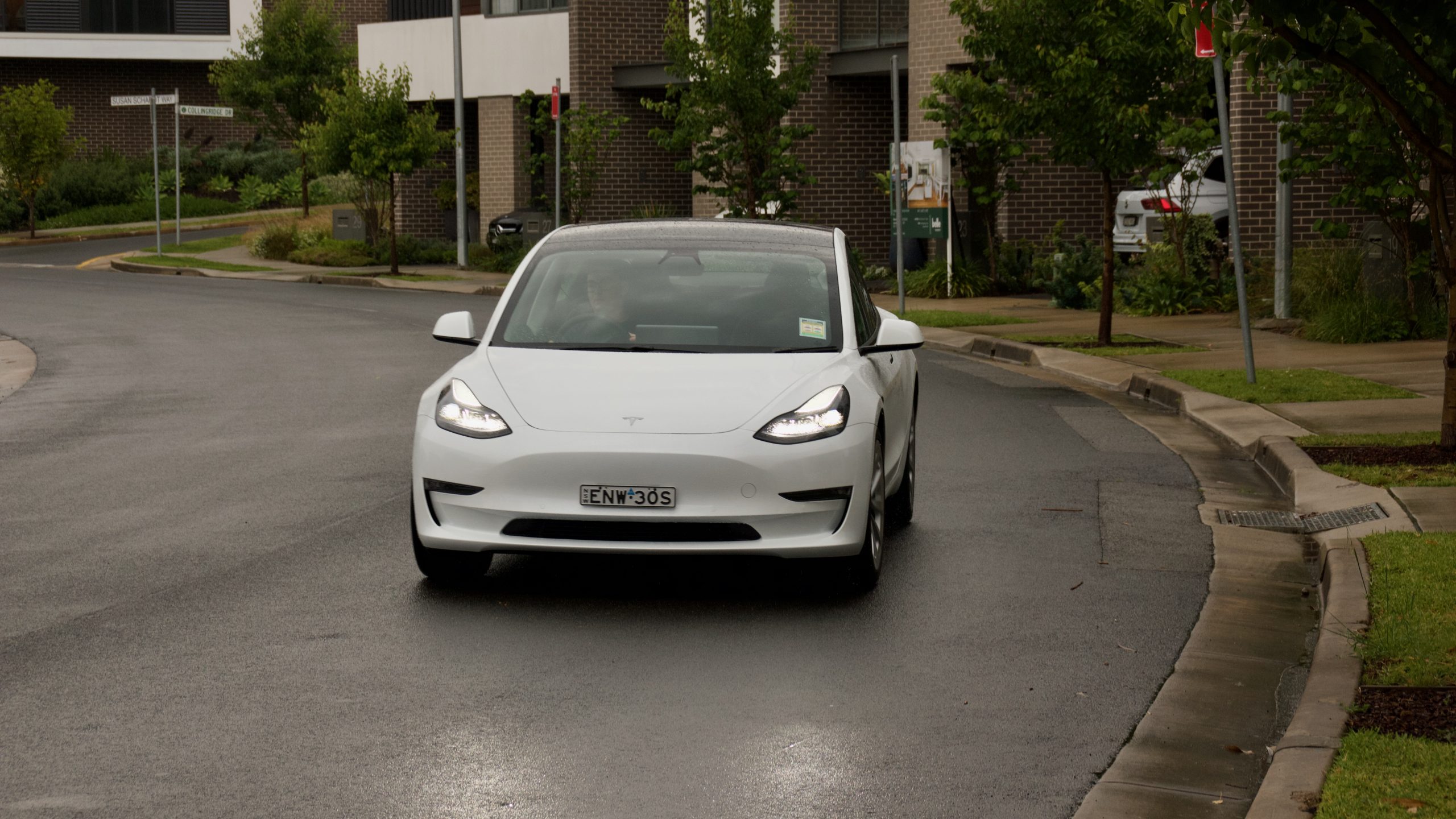
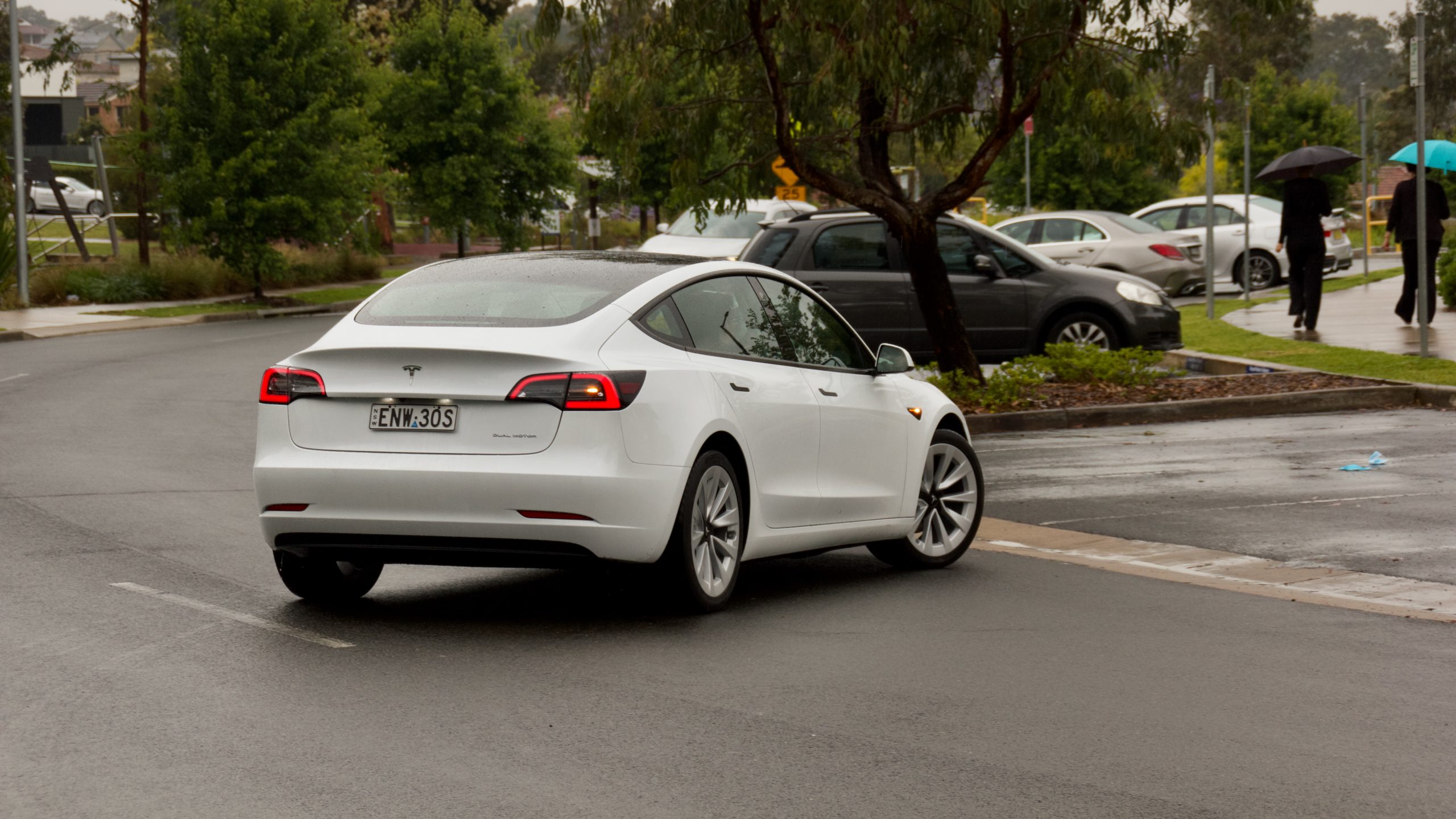
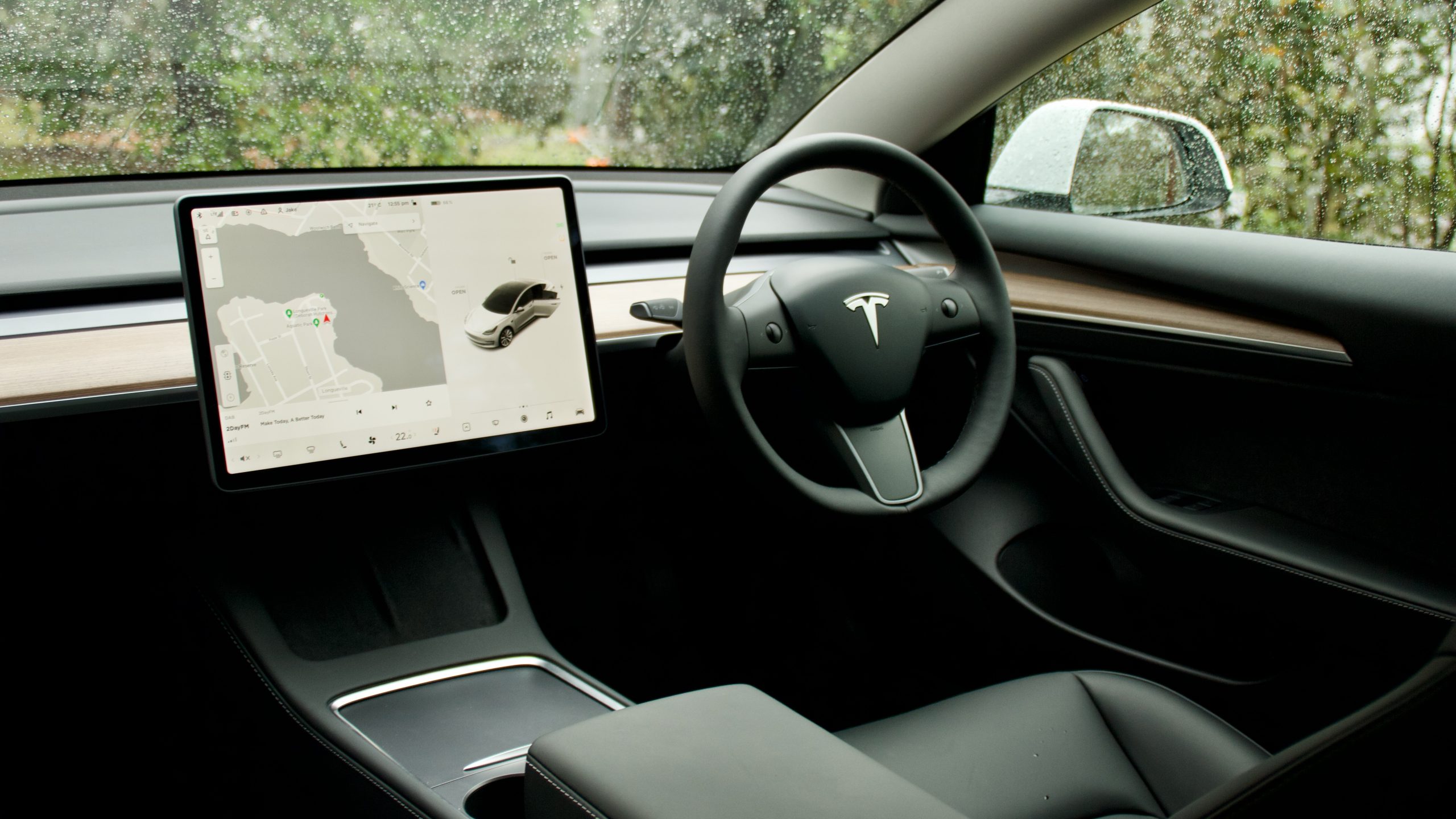
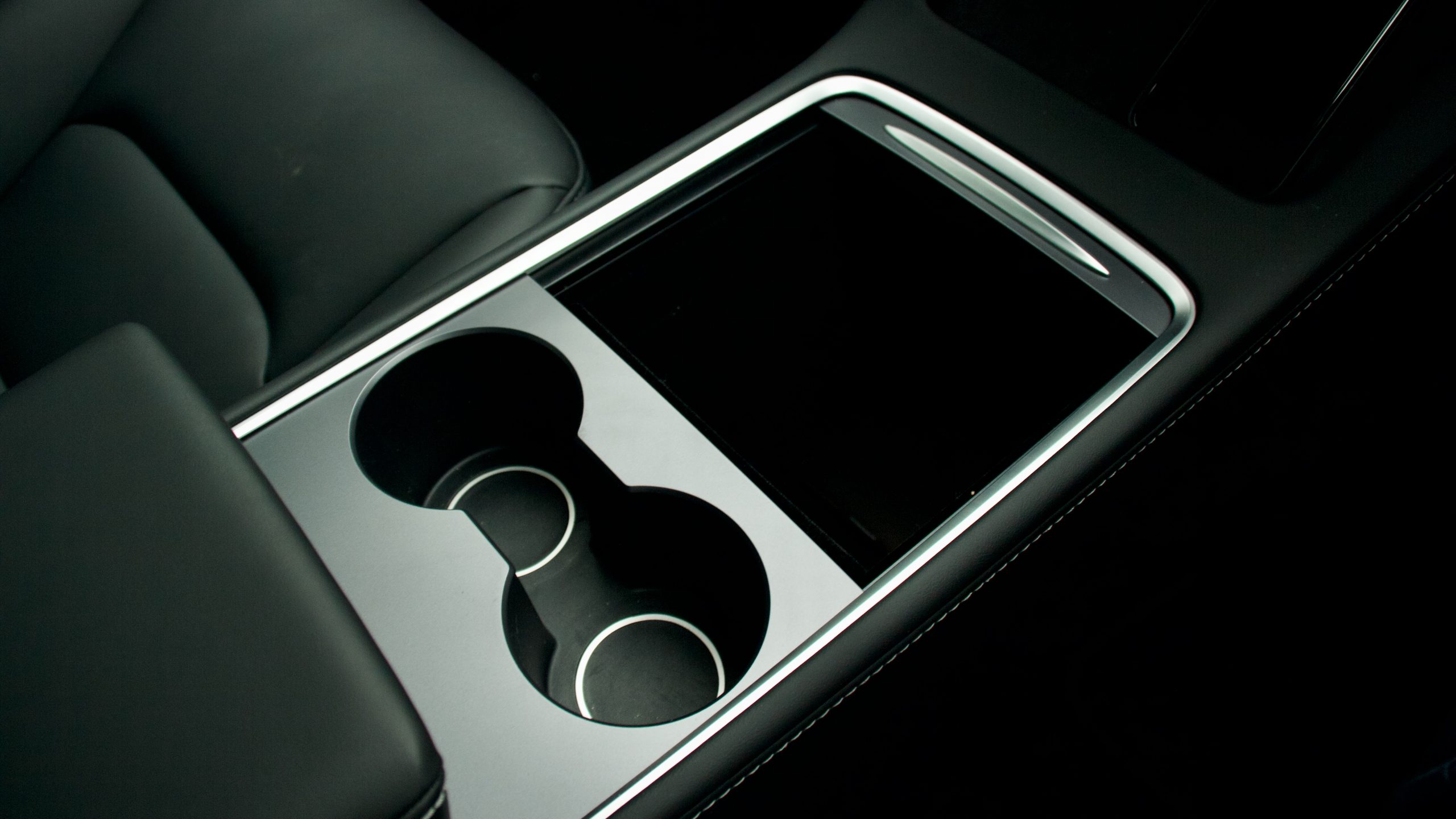
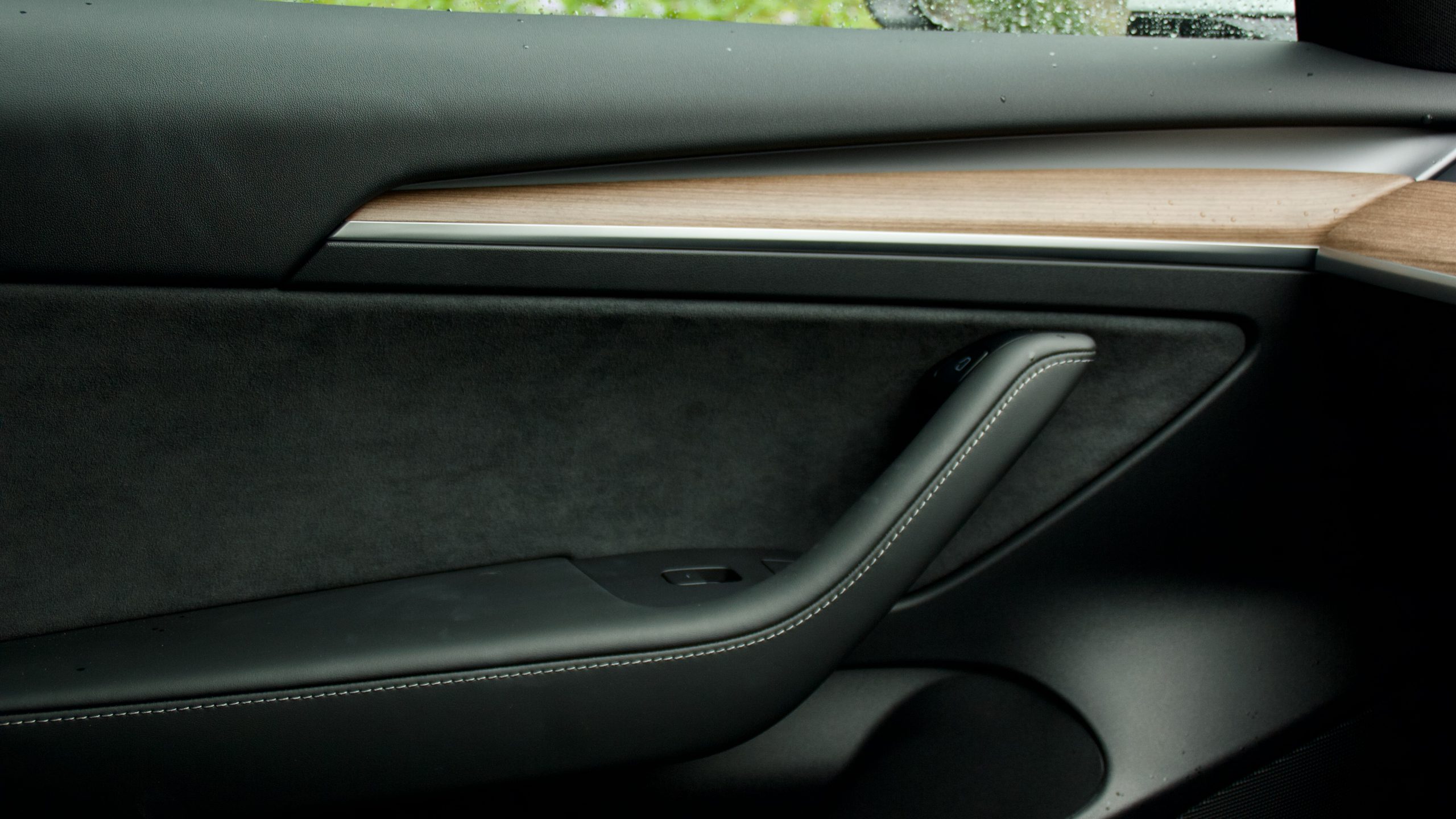
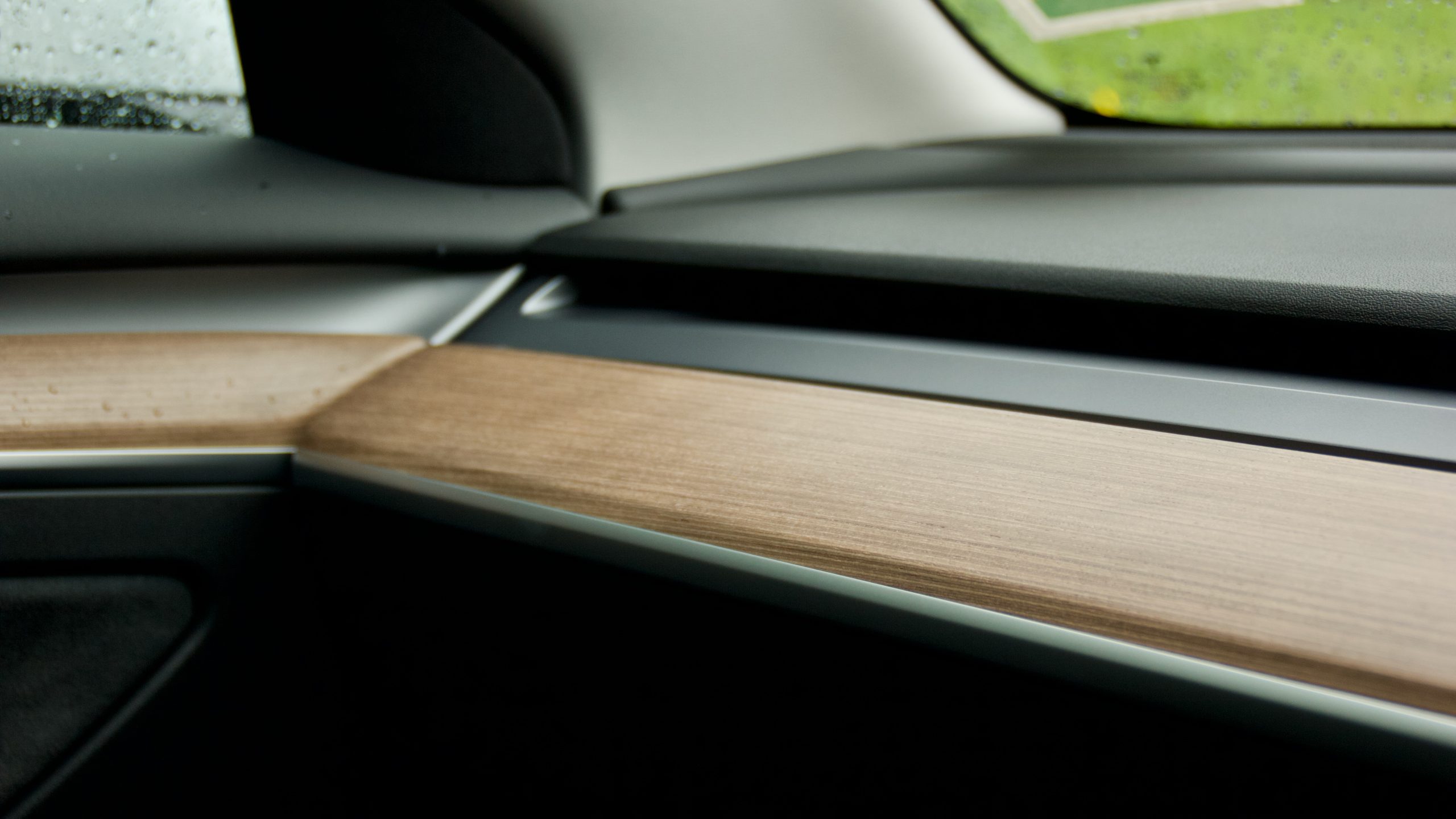
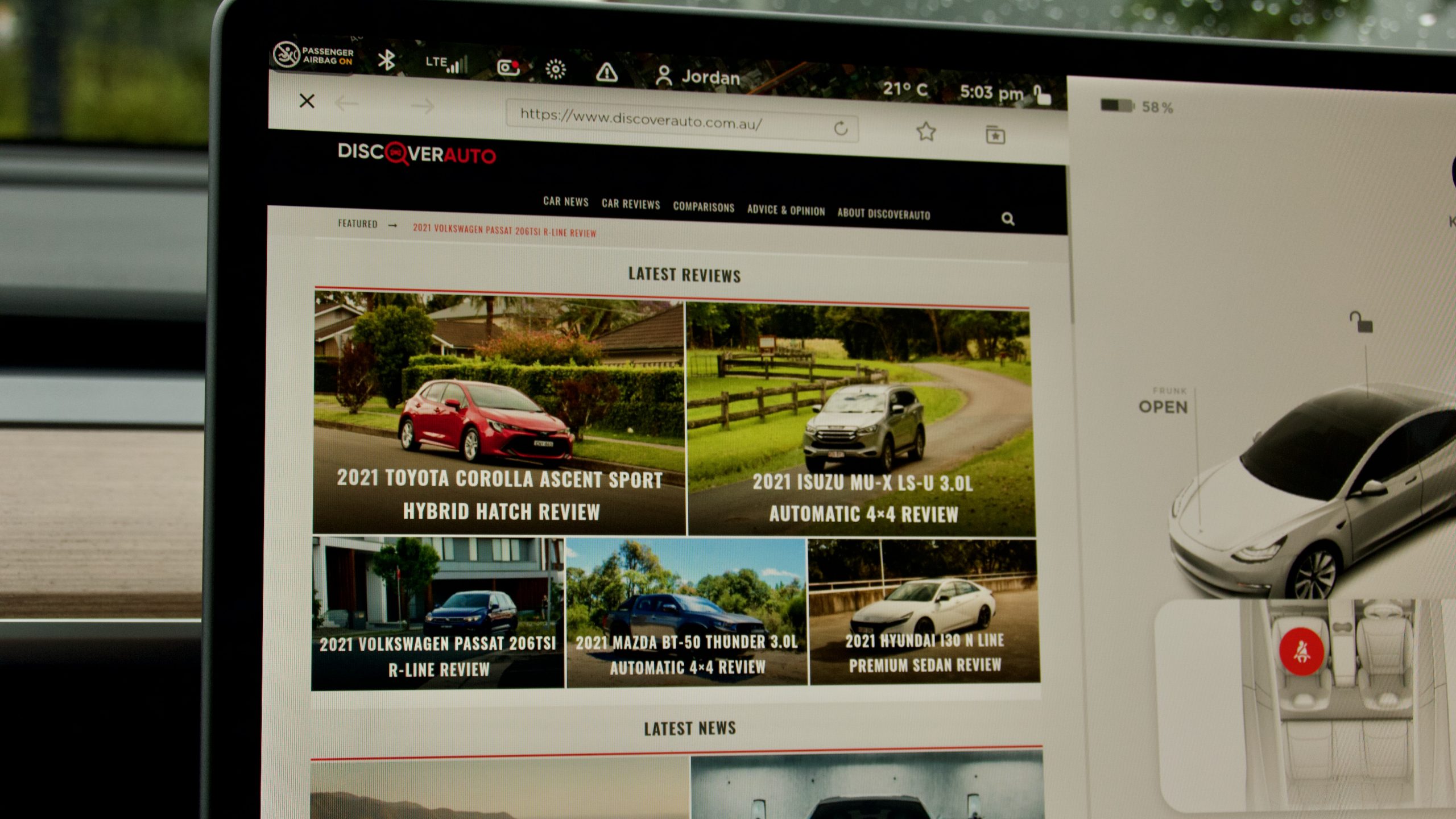
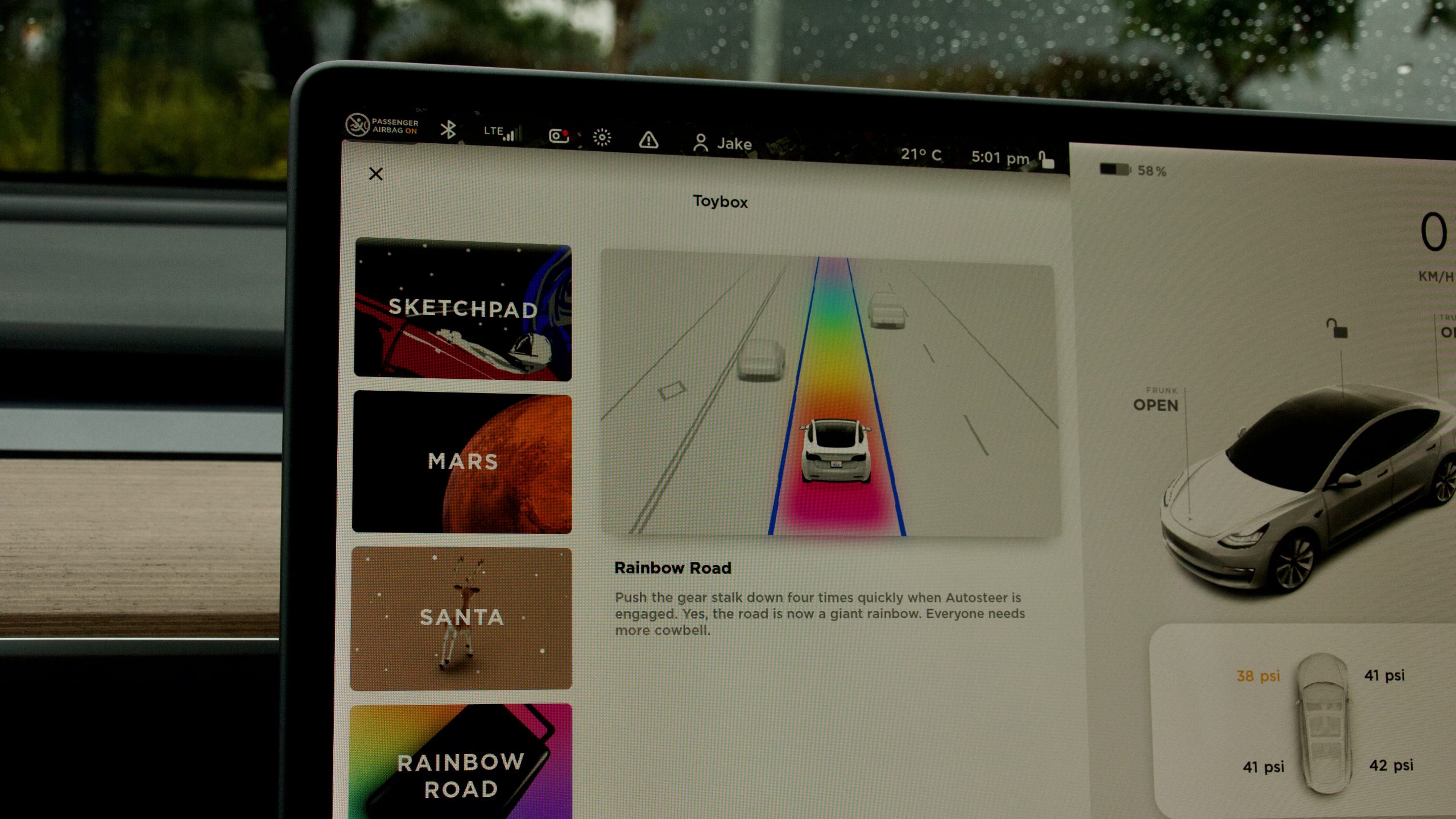
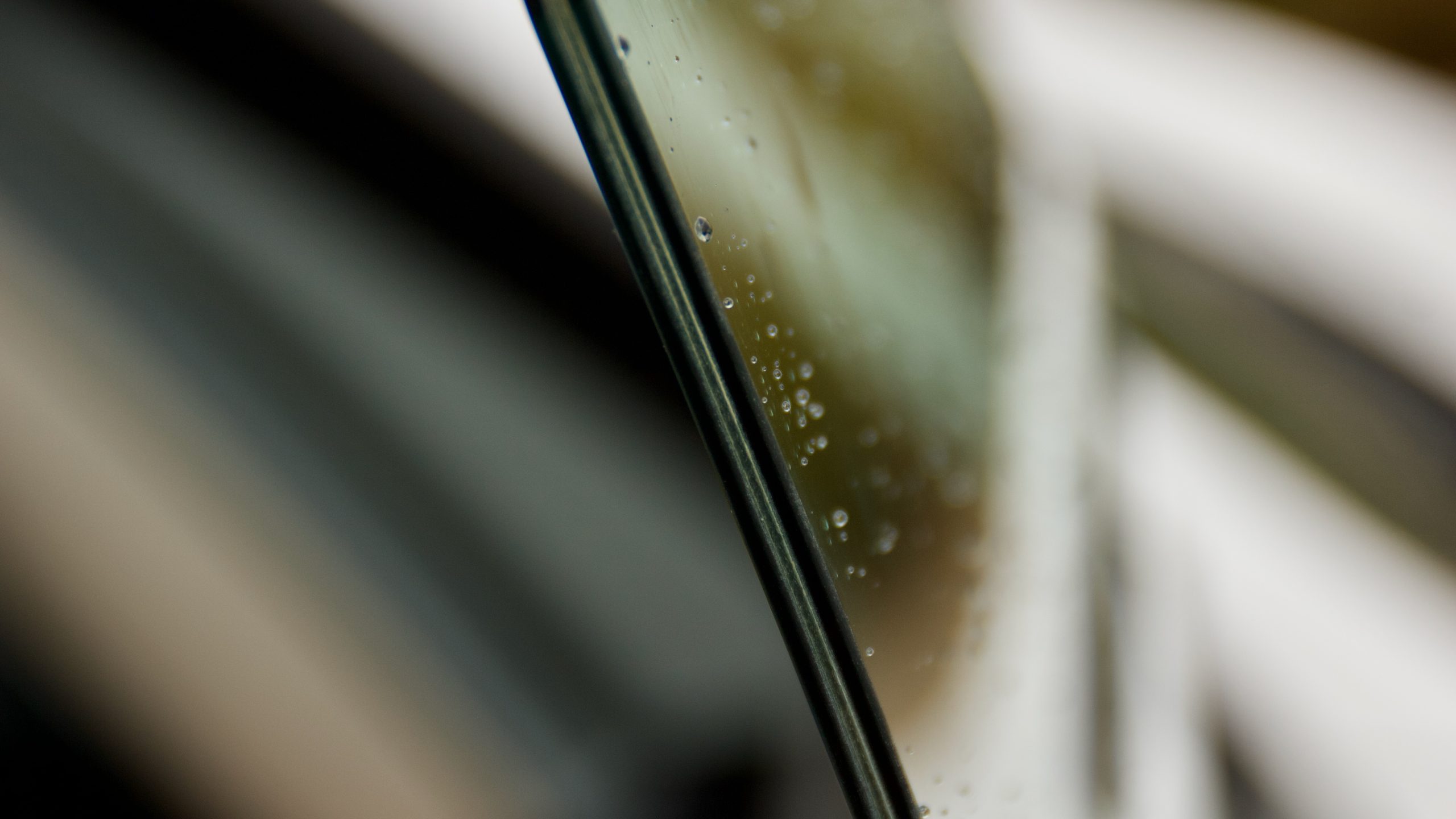
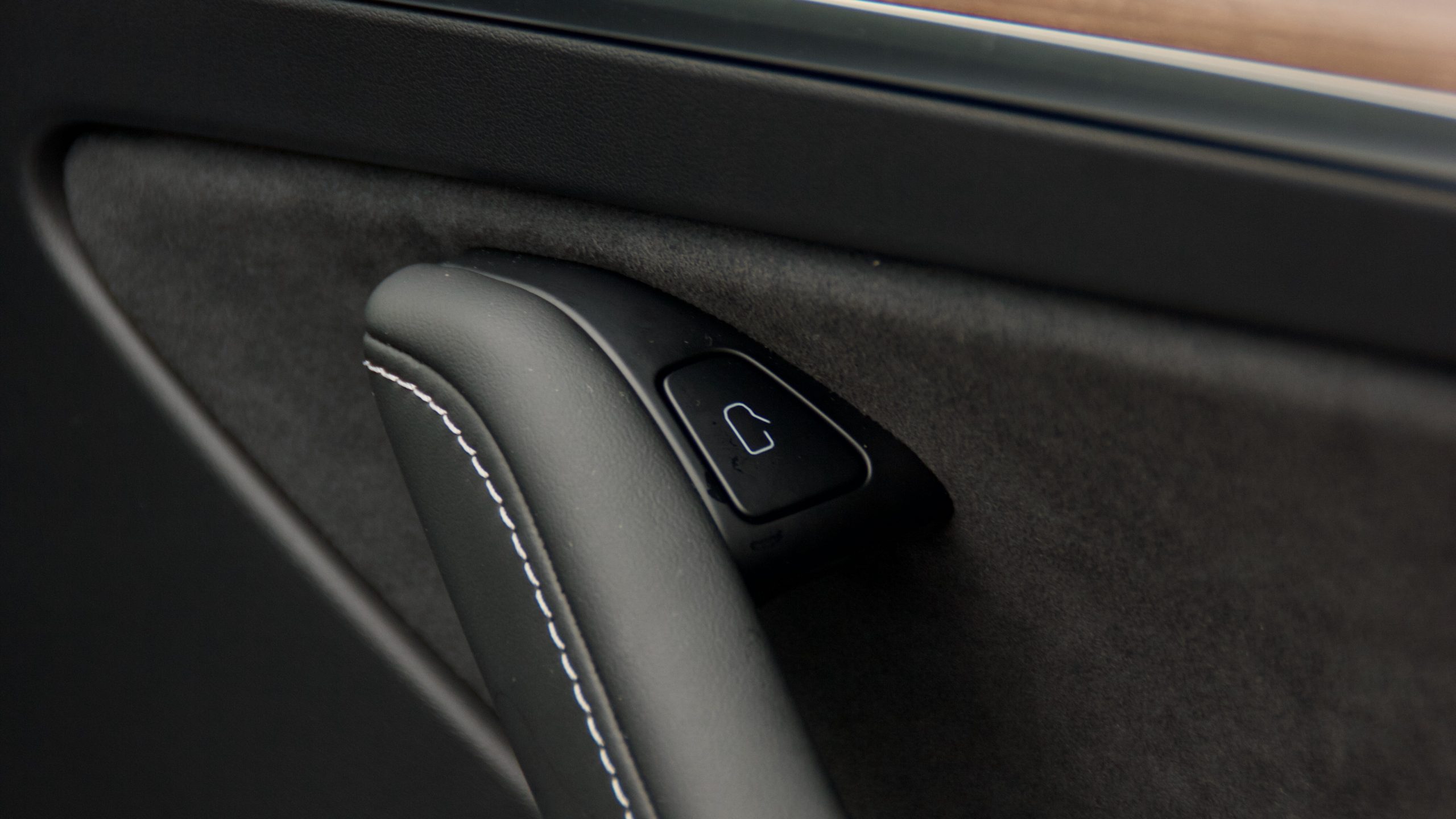
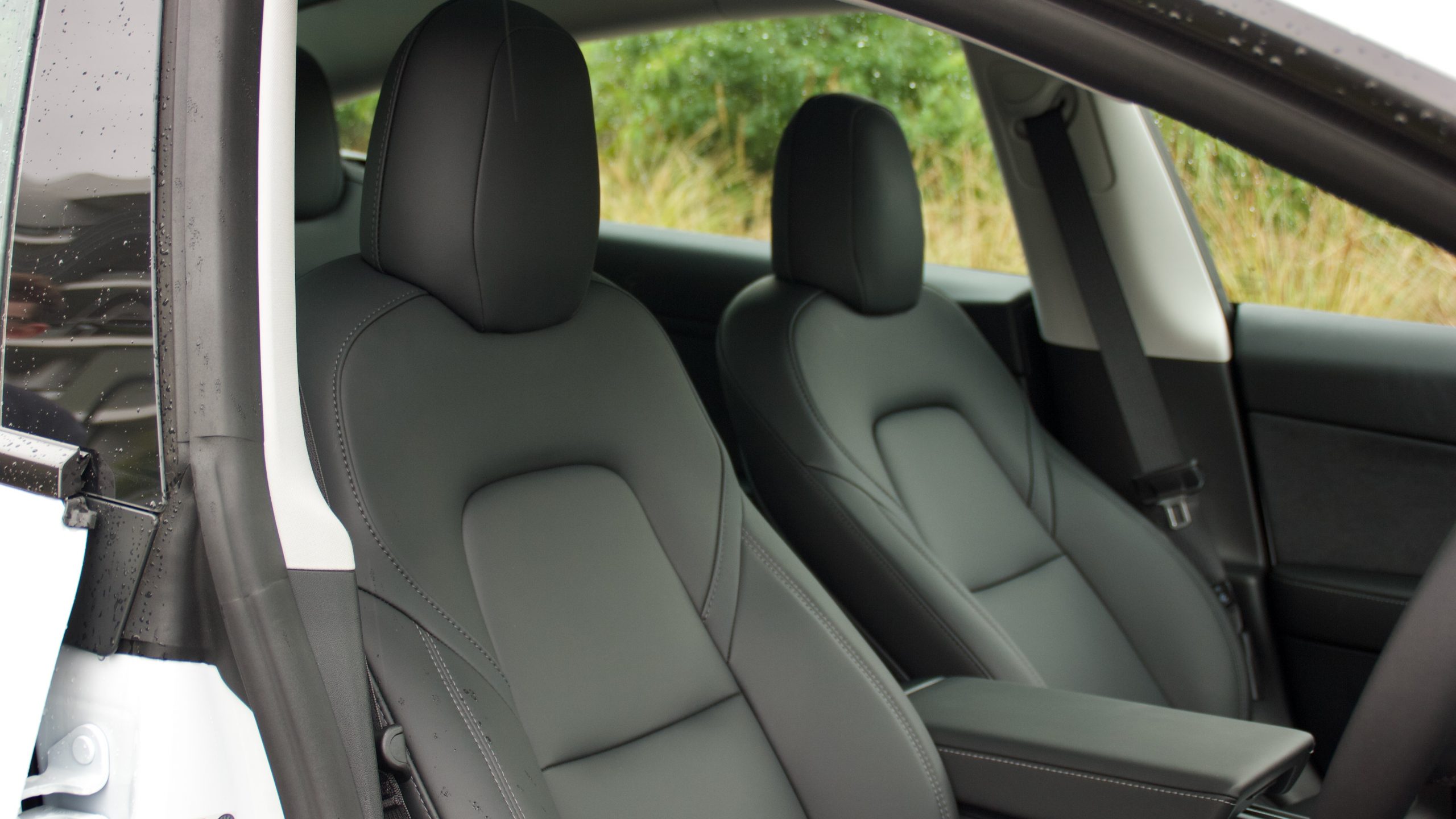
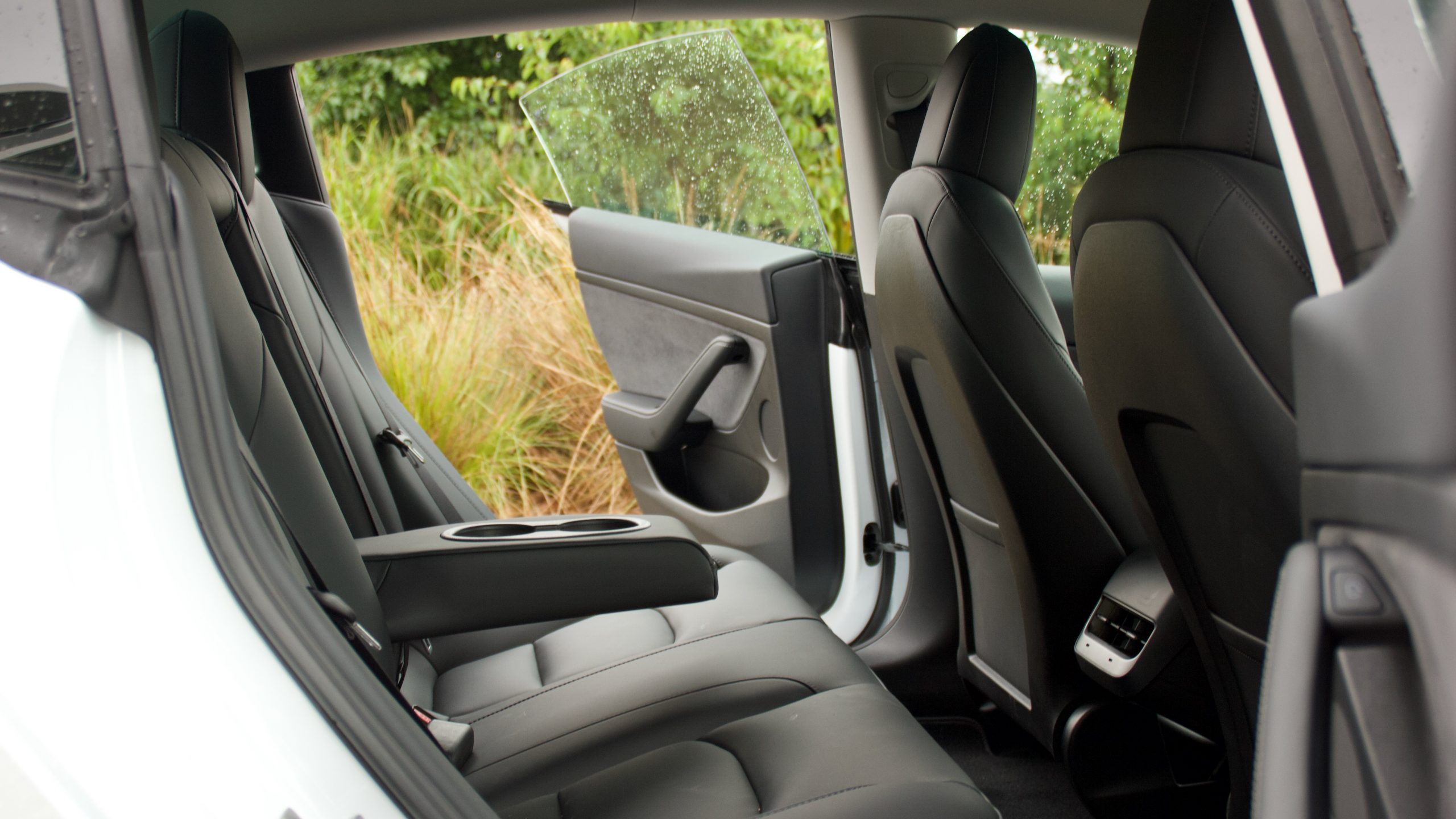
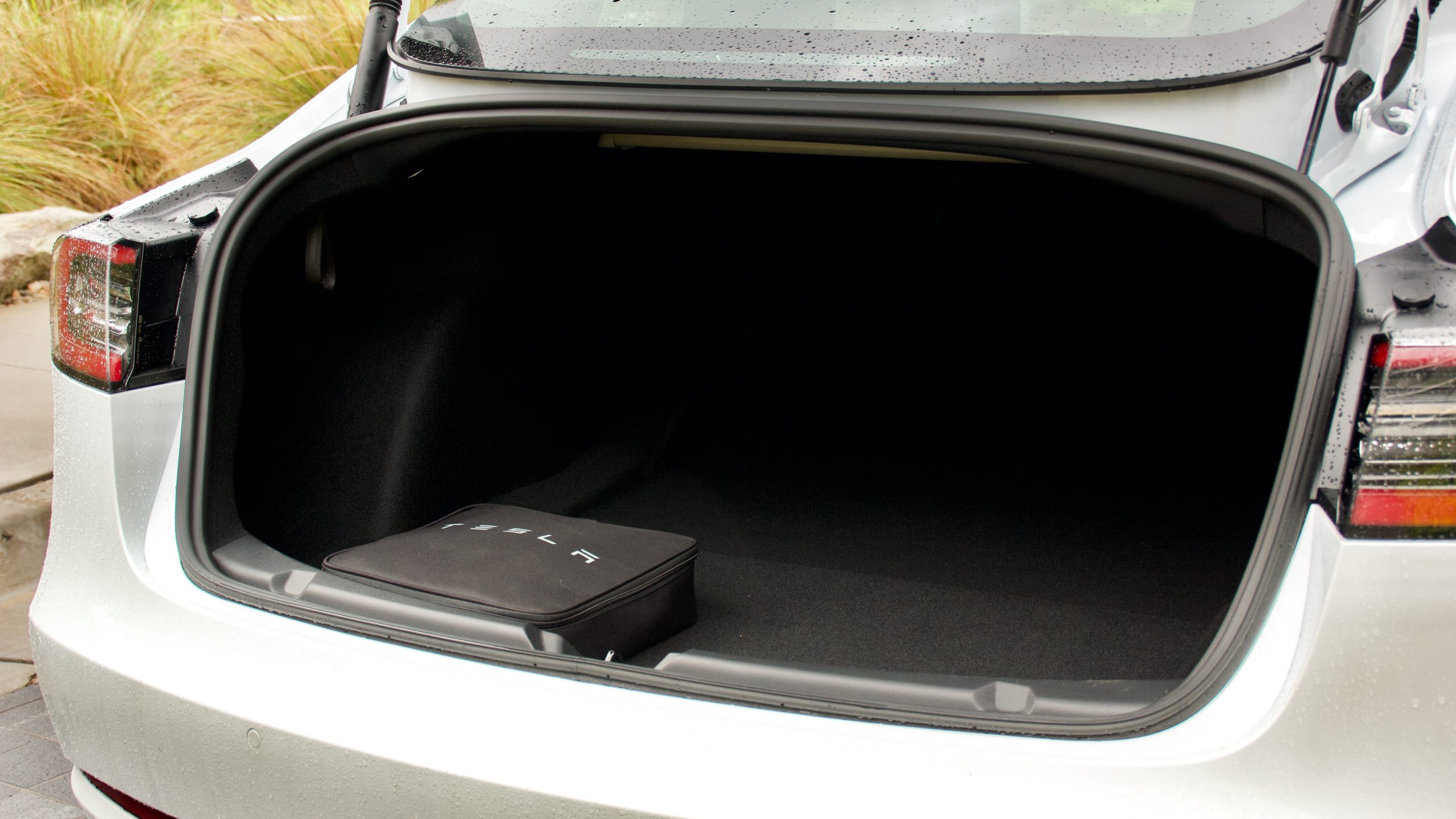
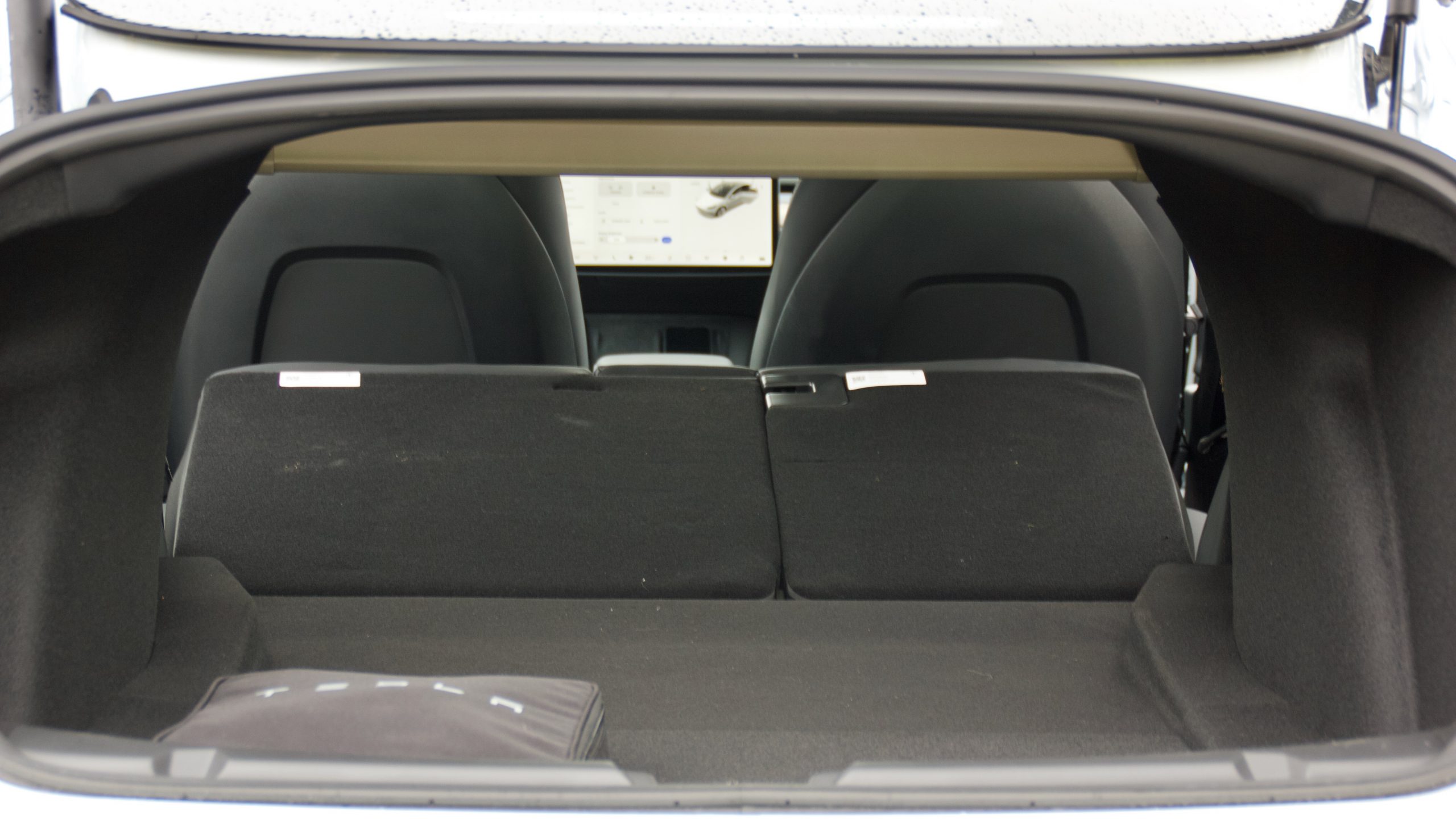
Leave a Reply